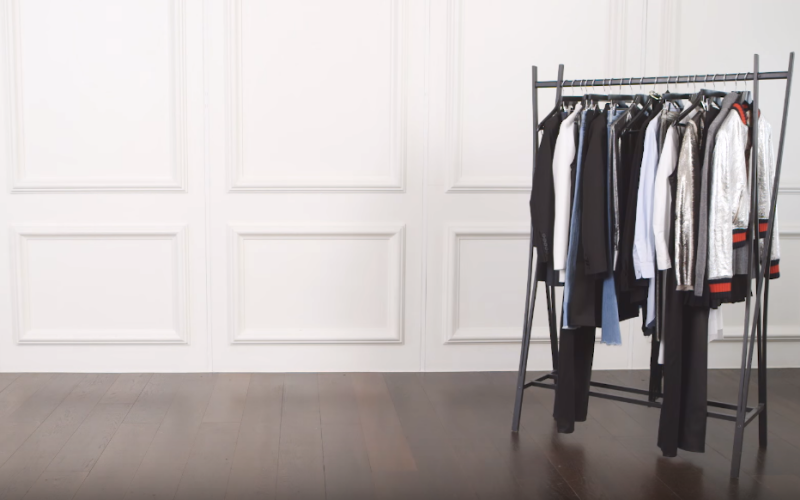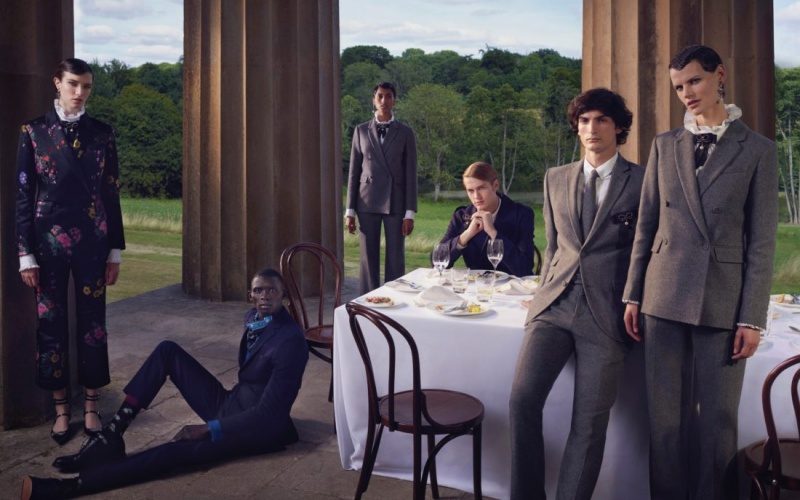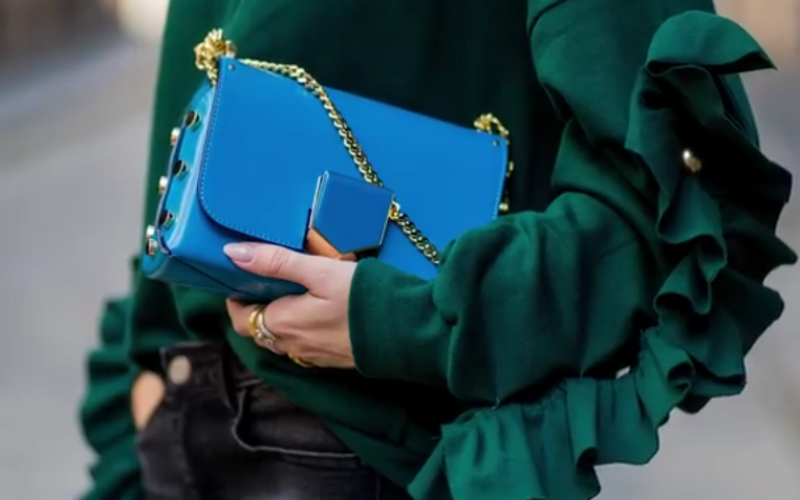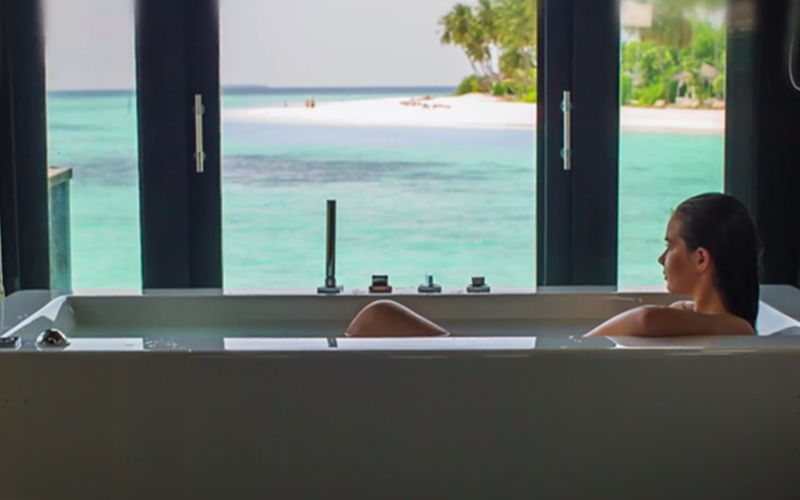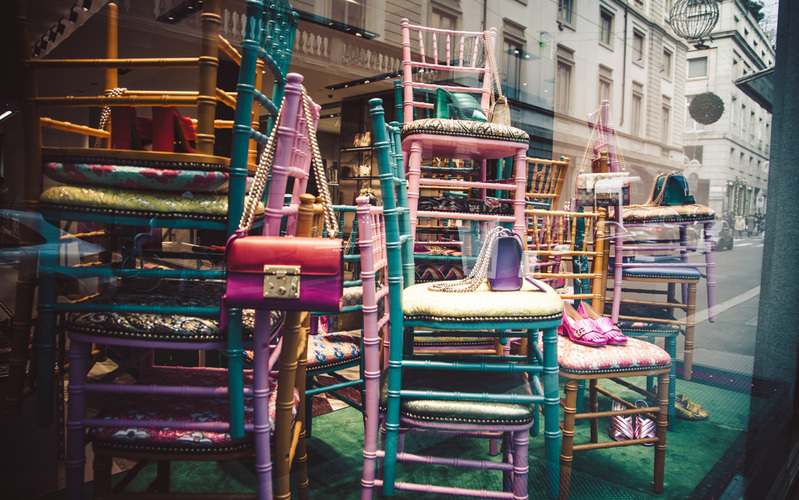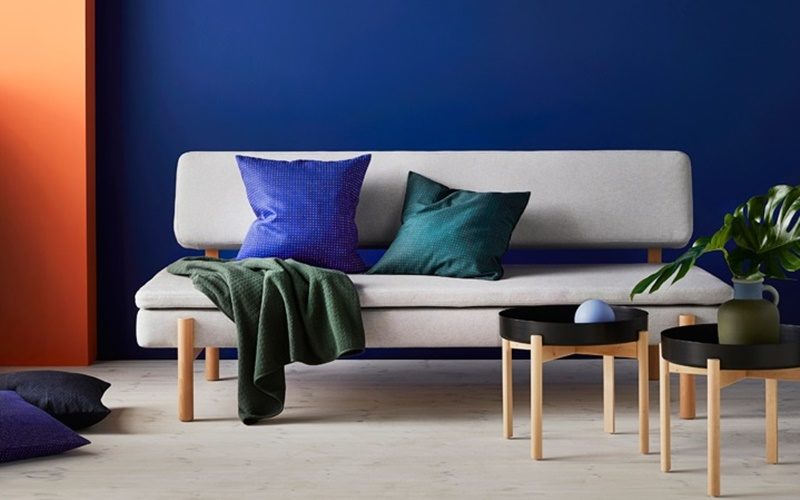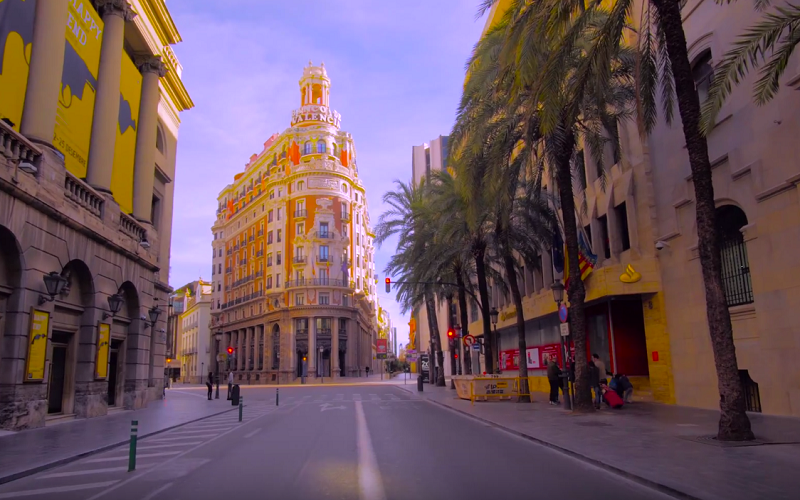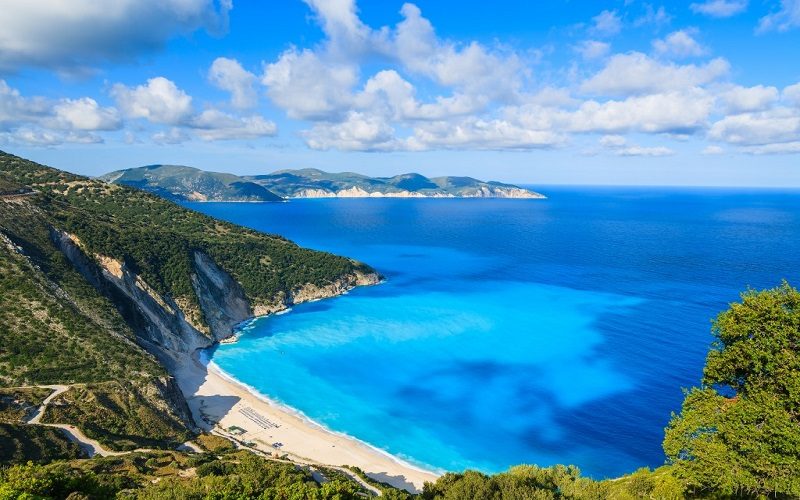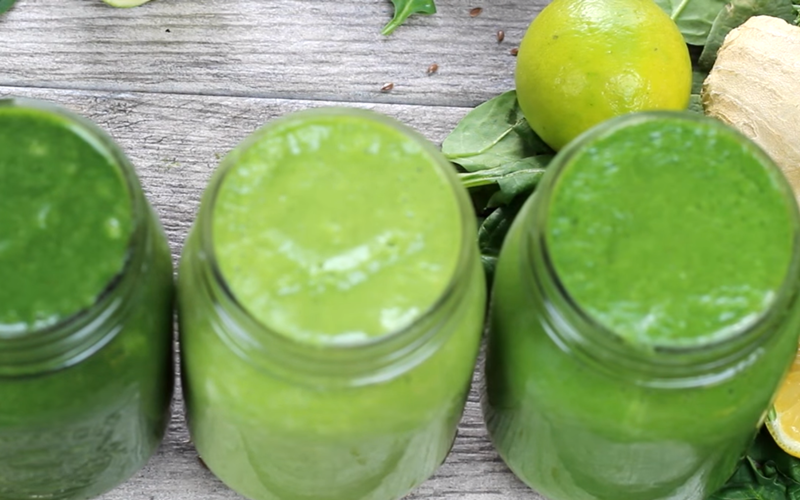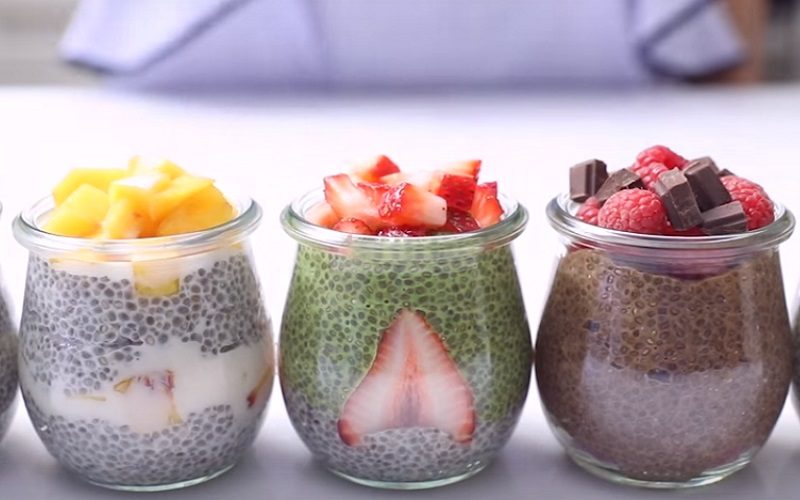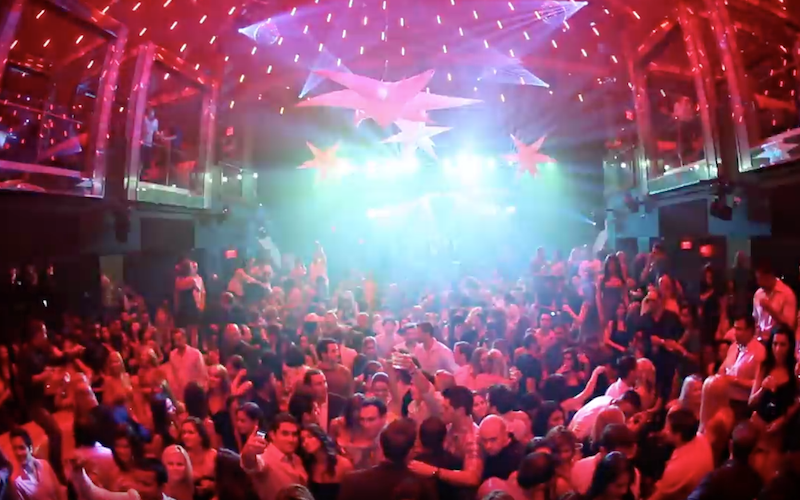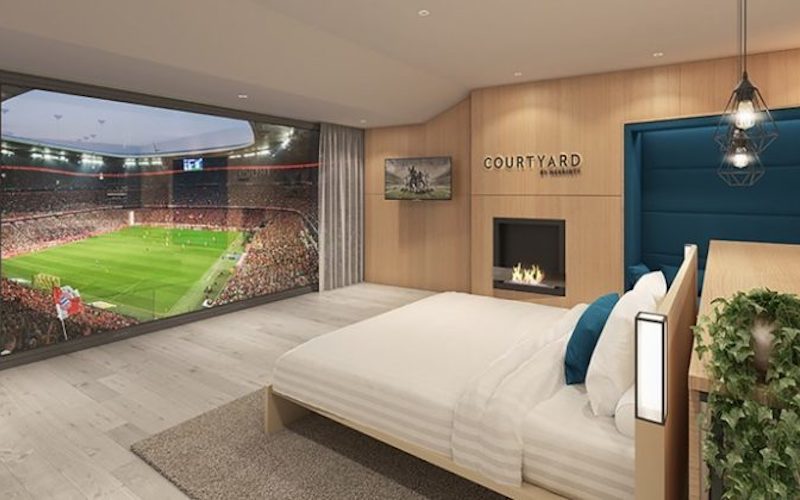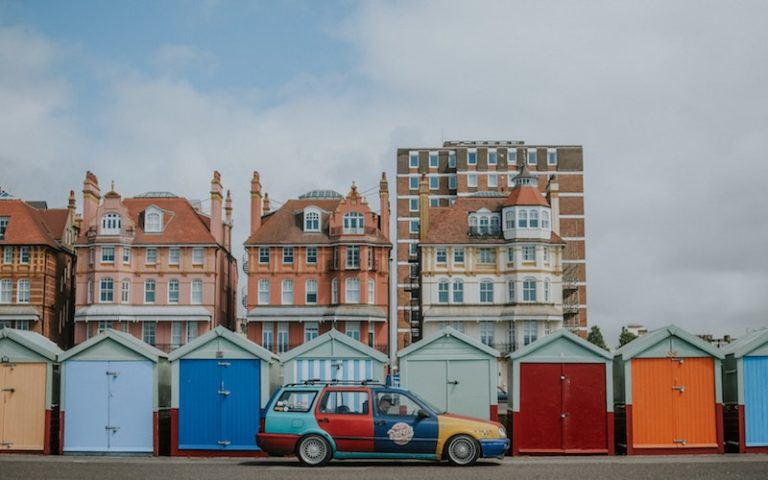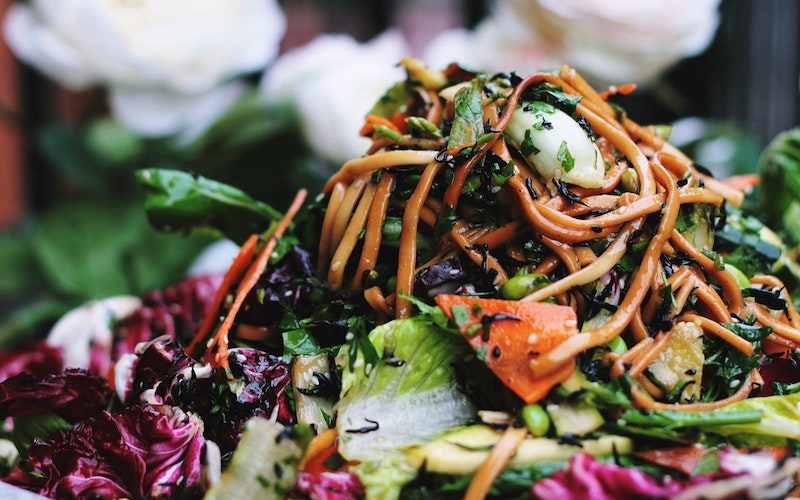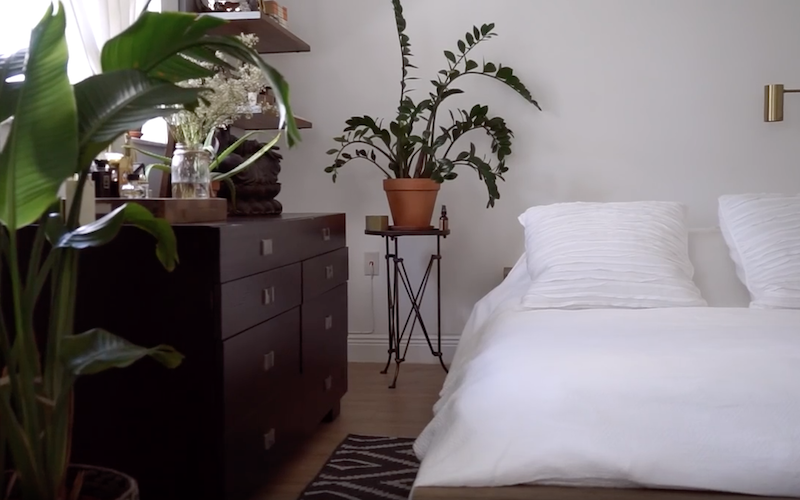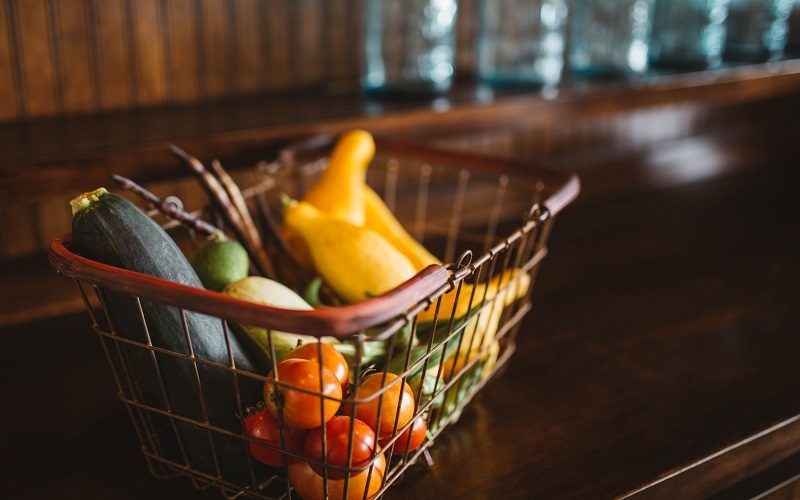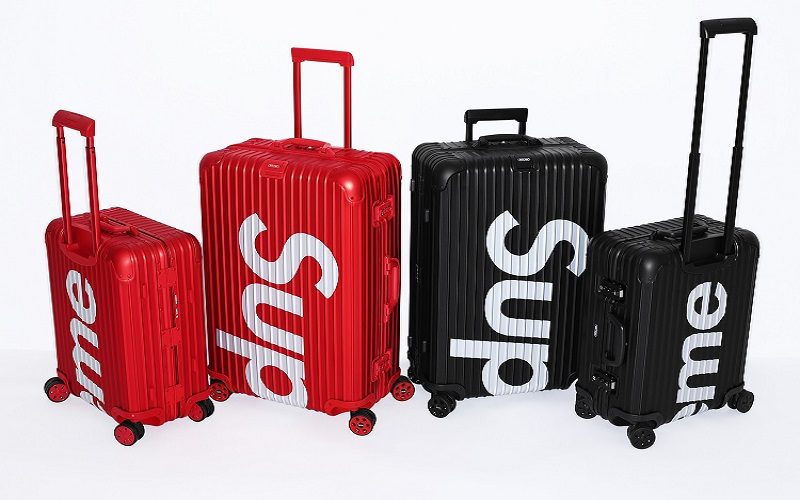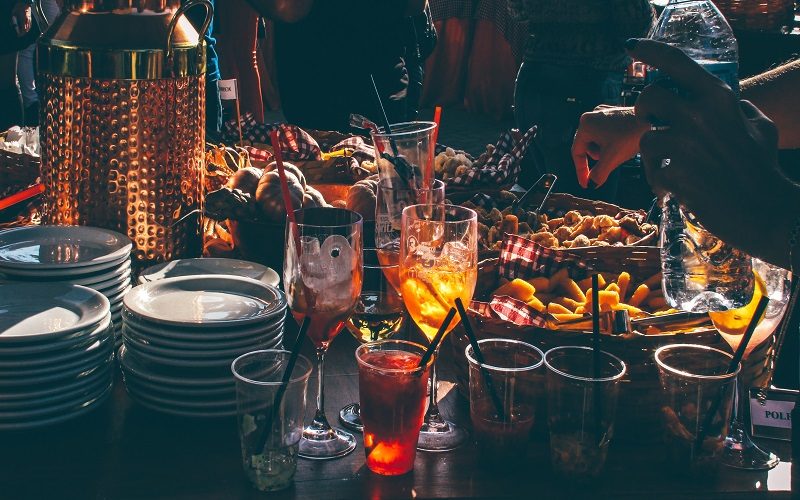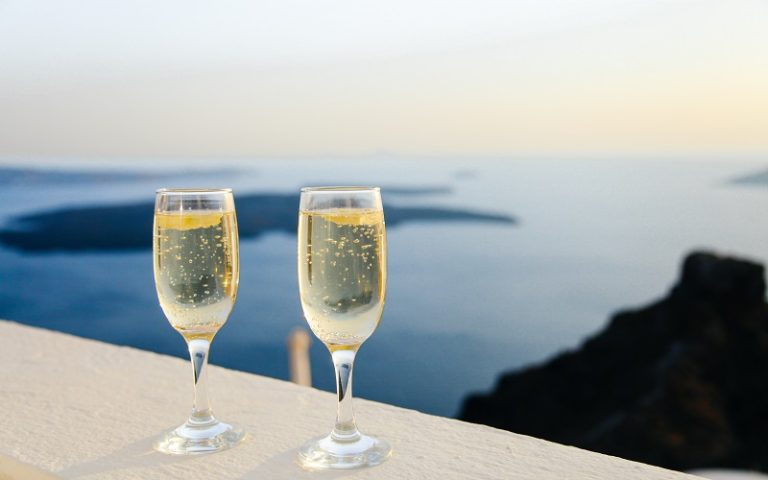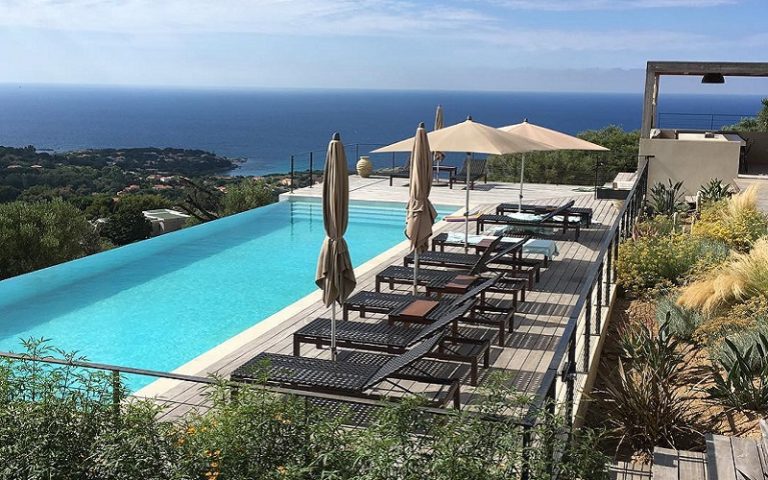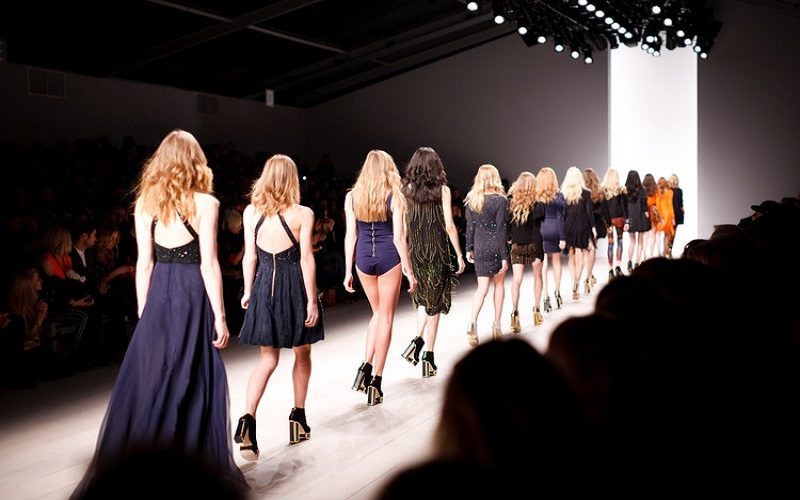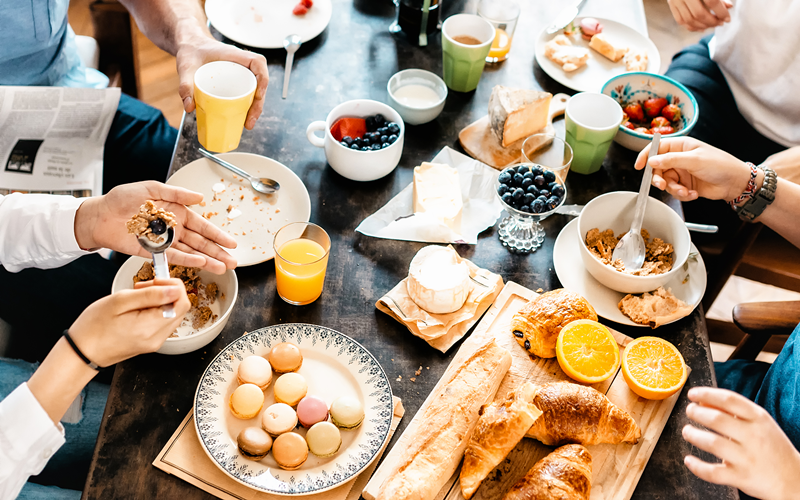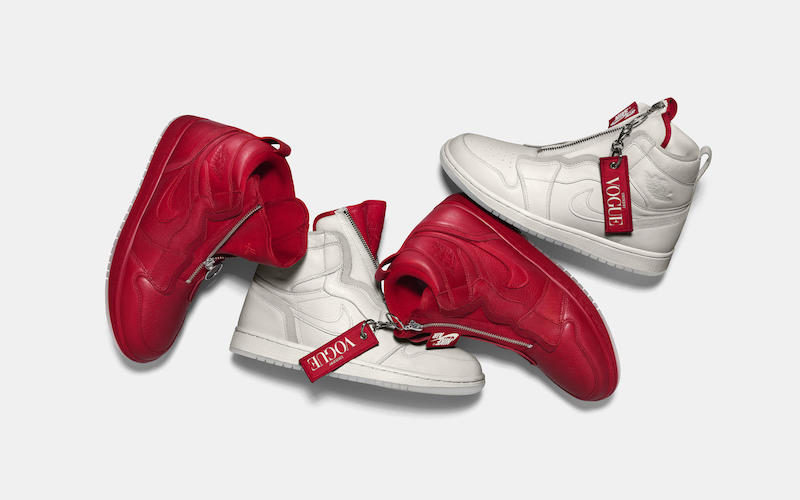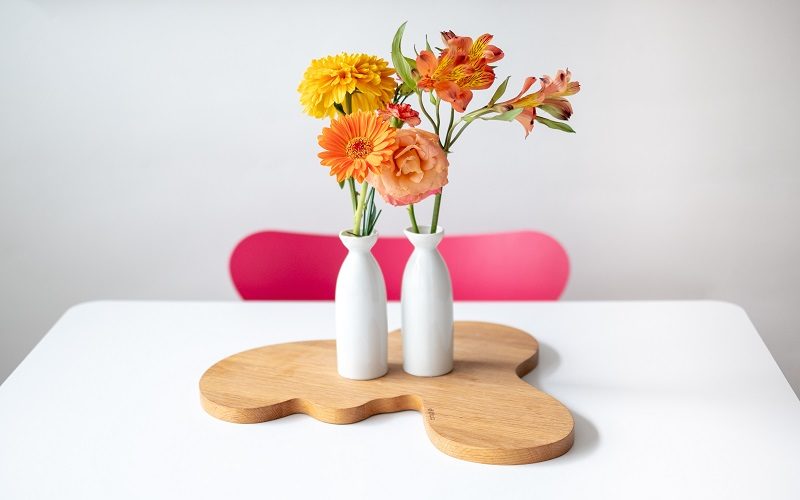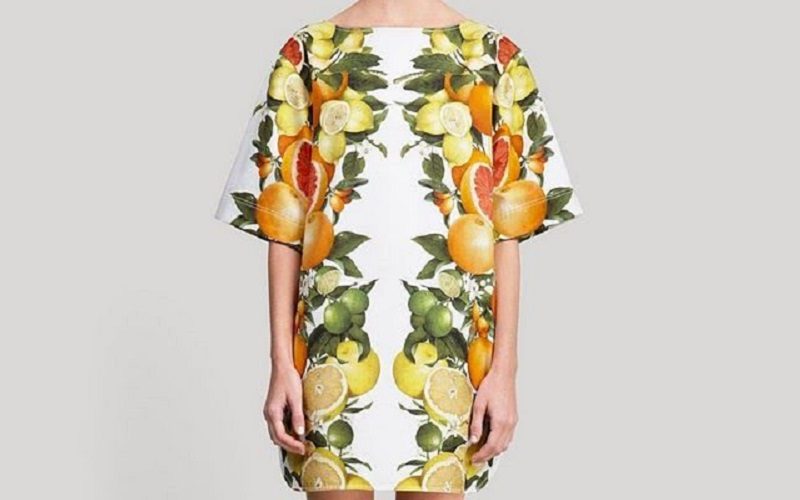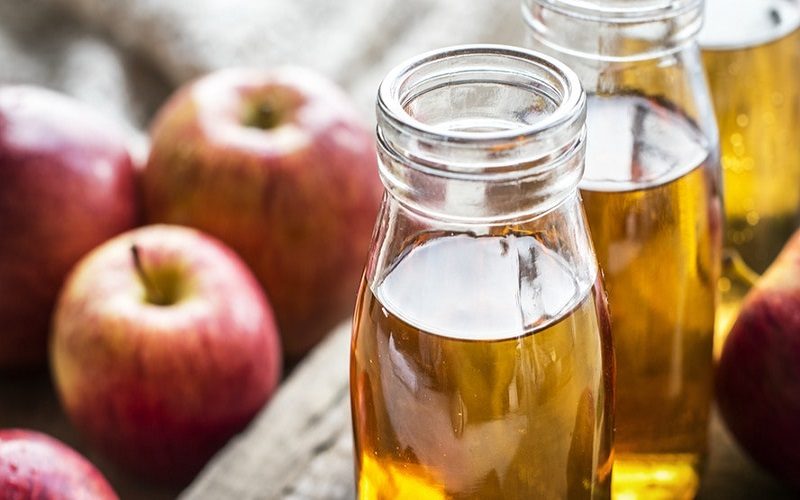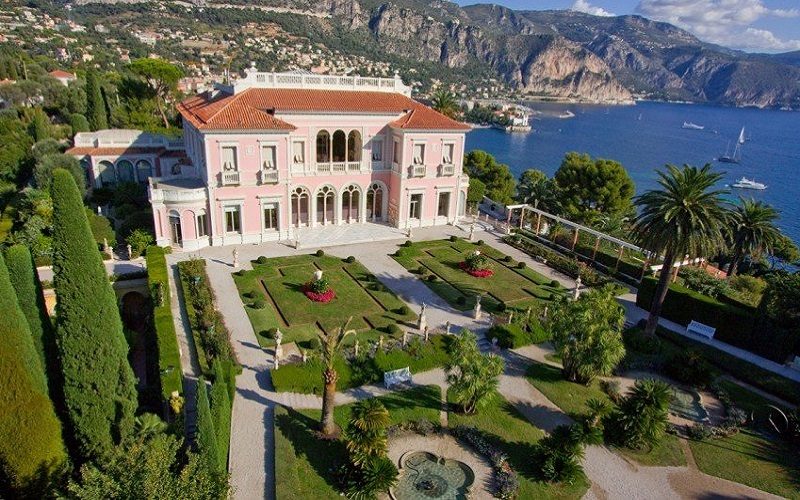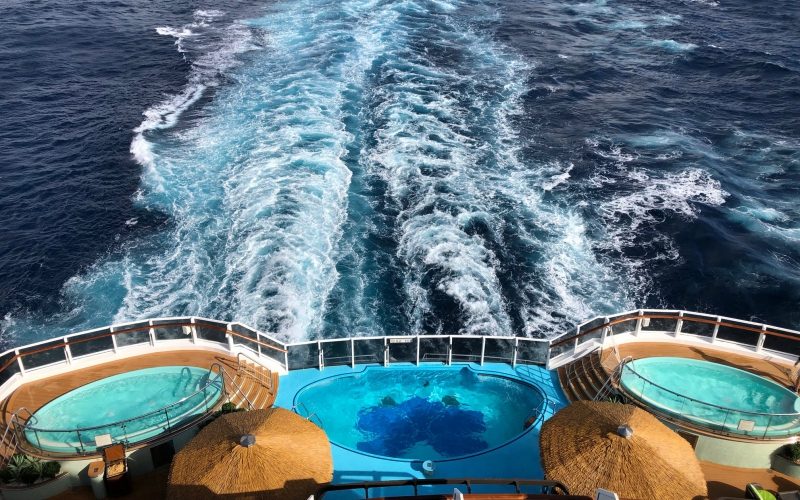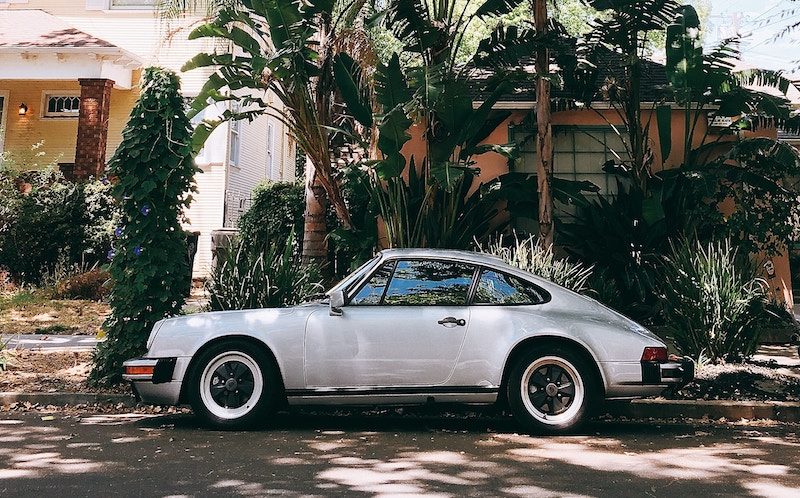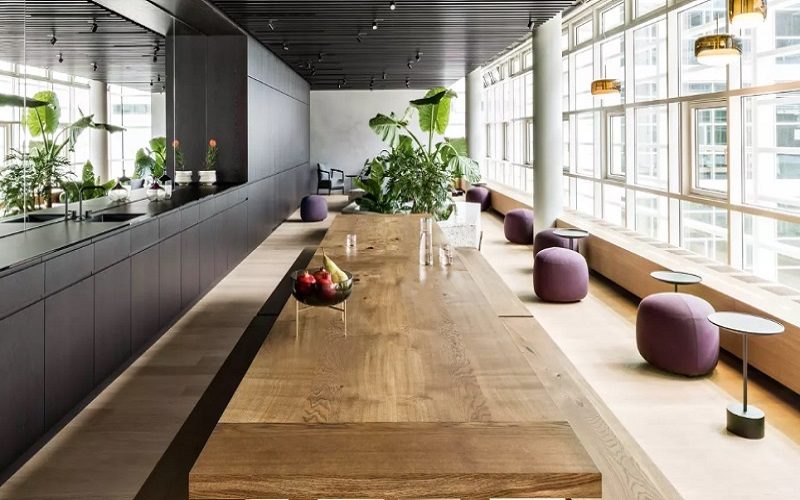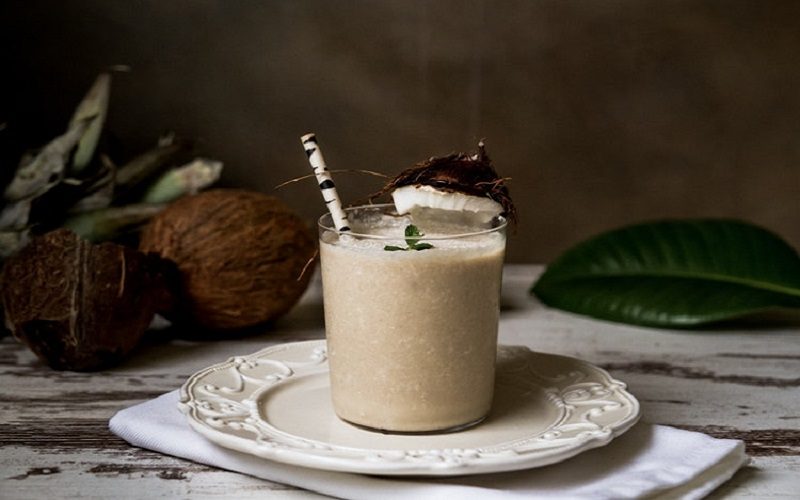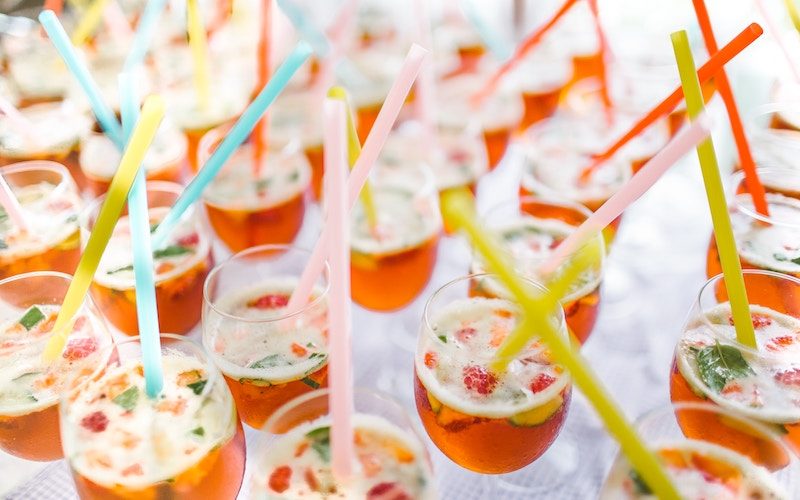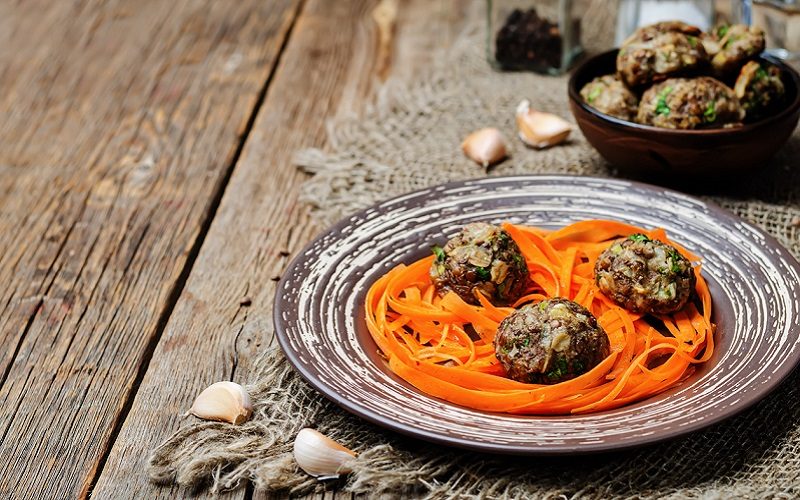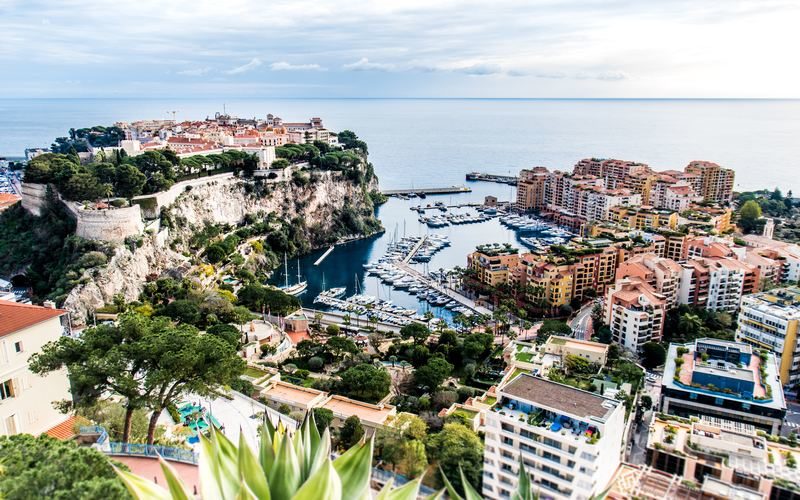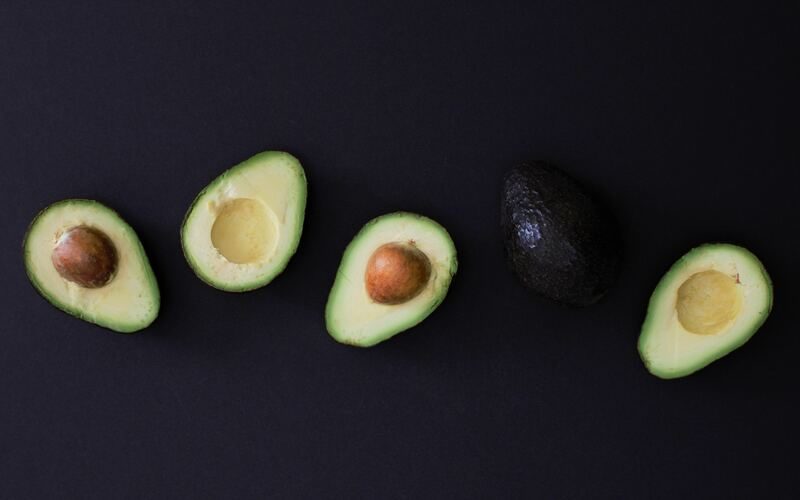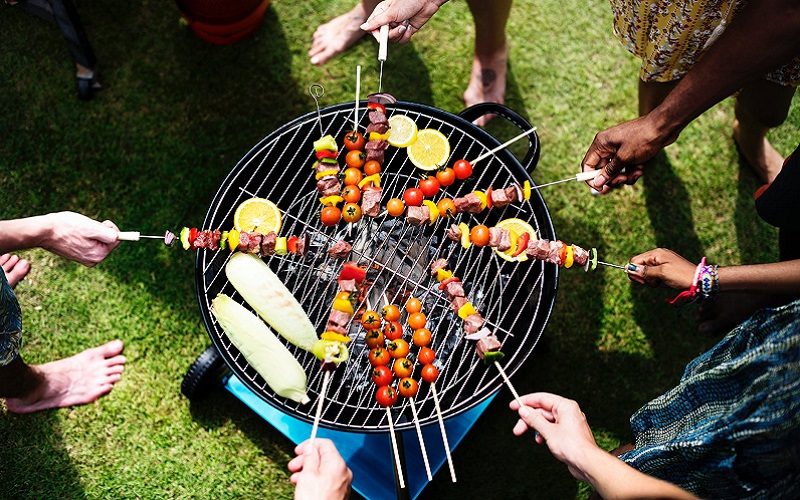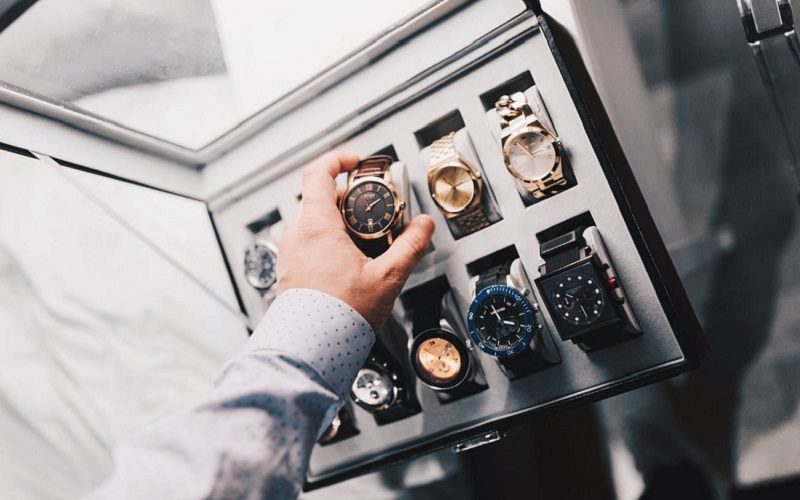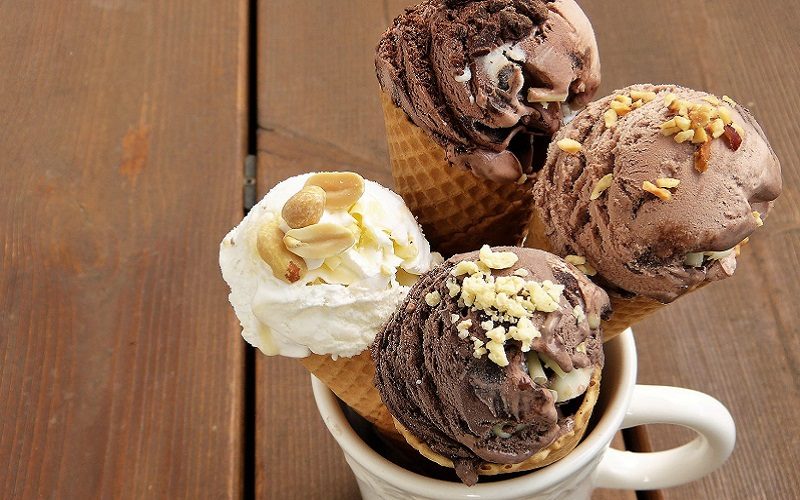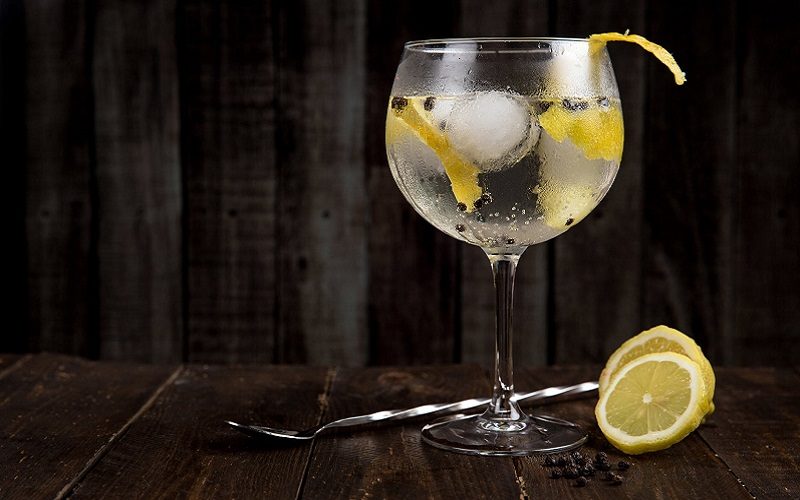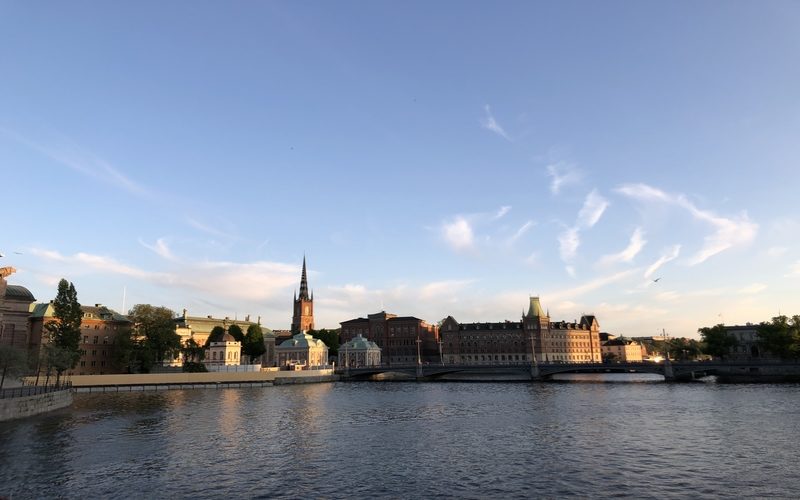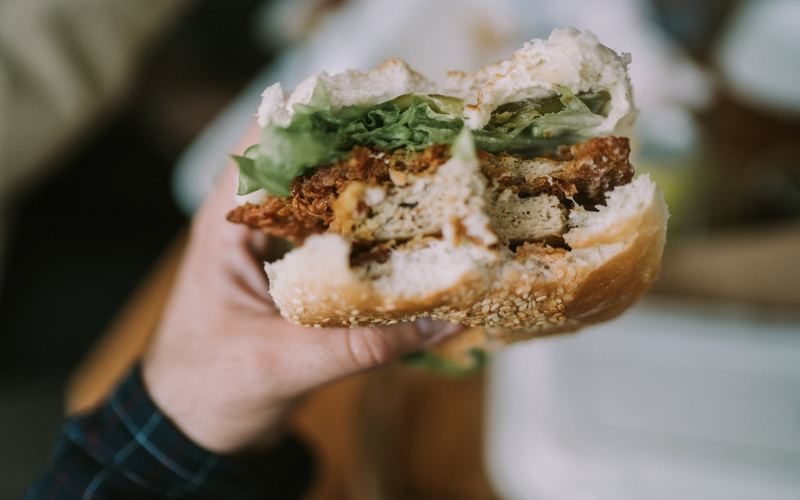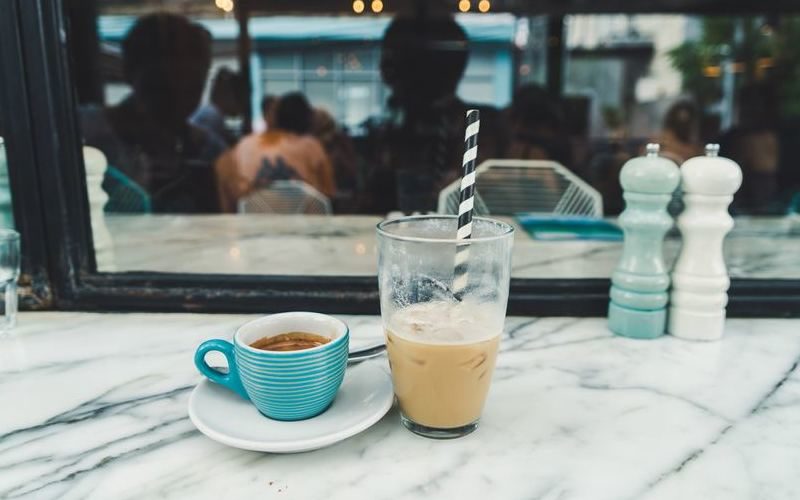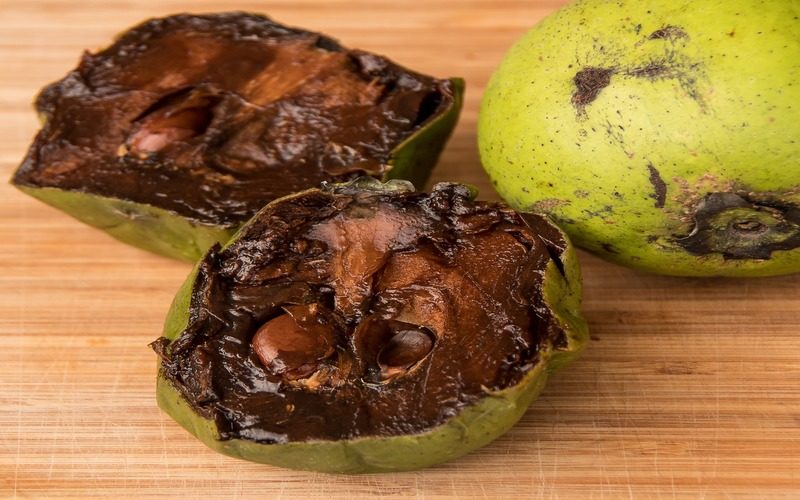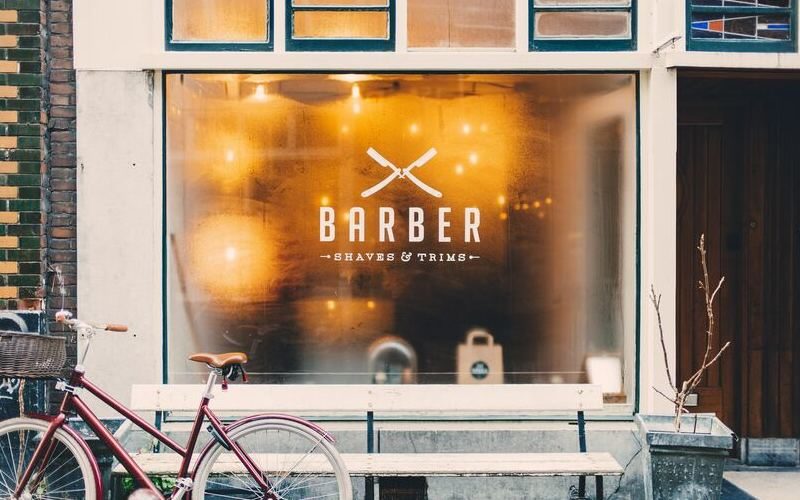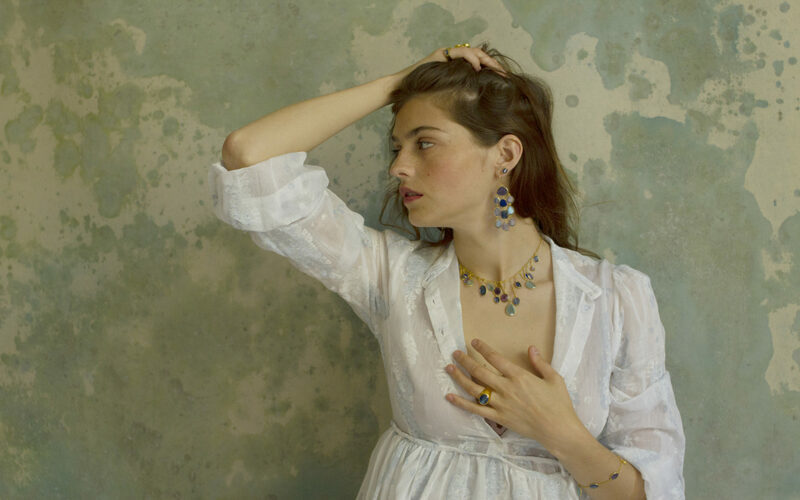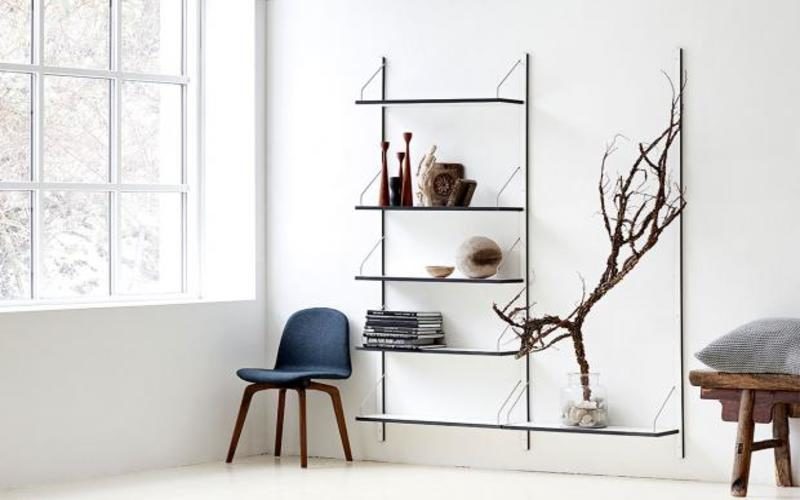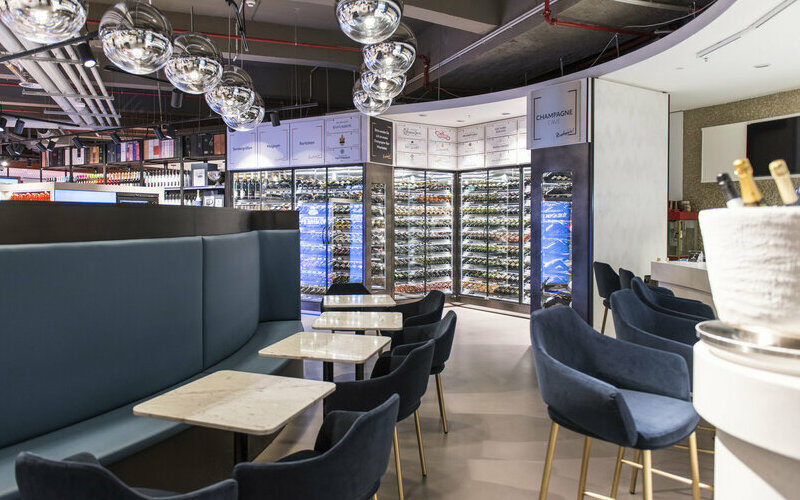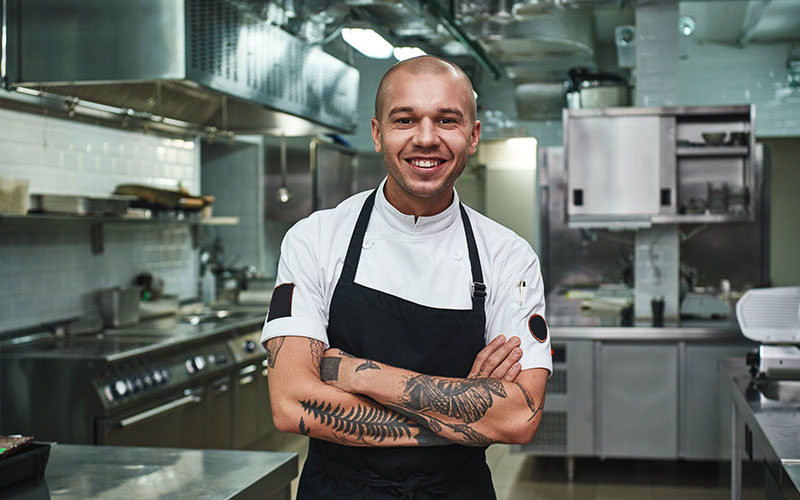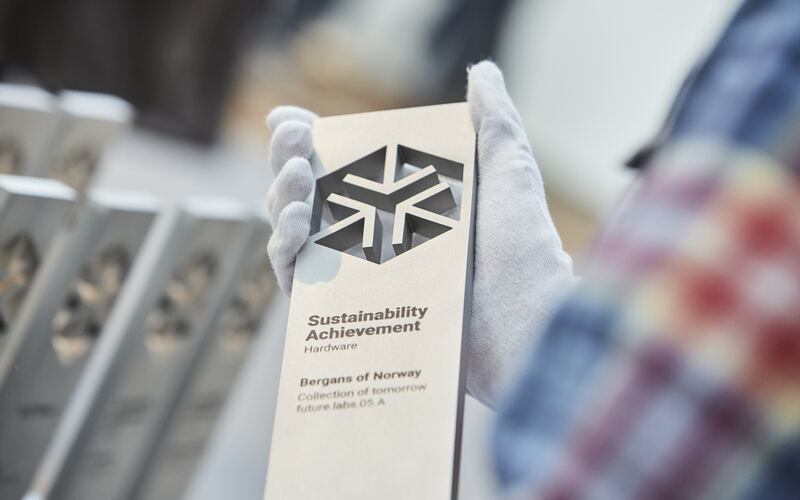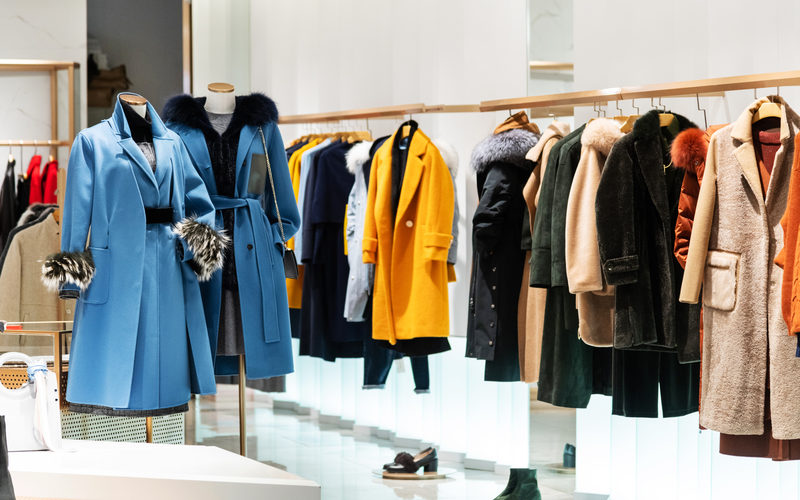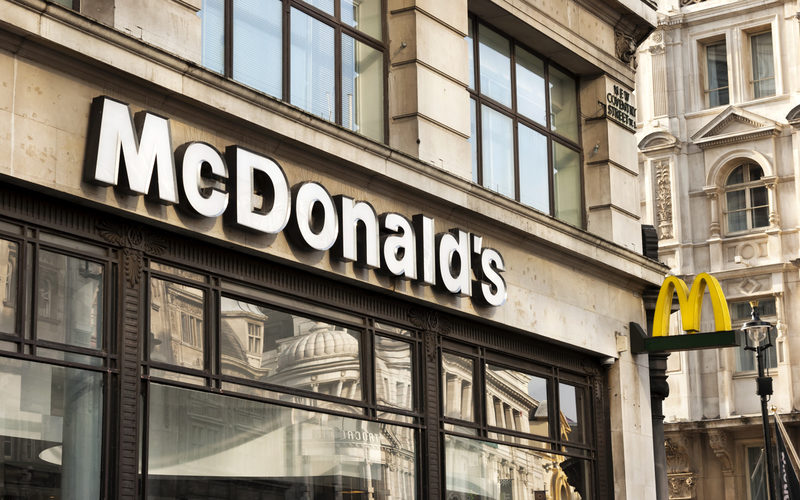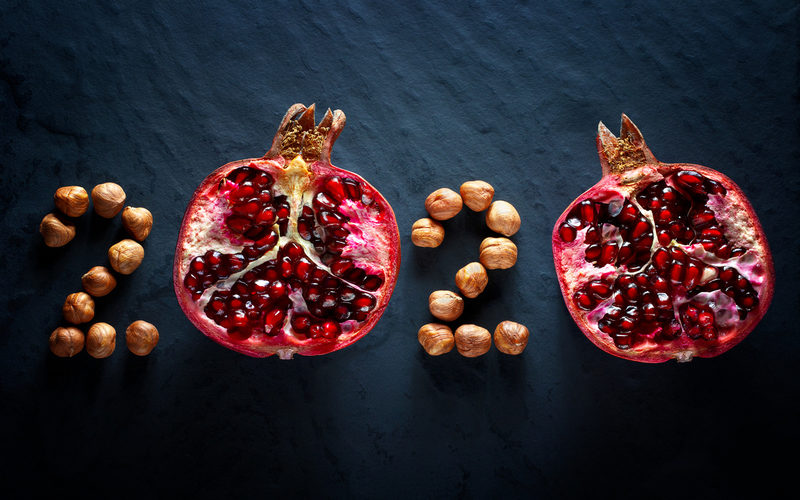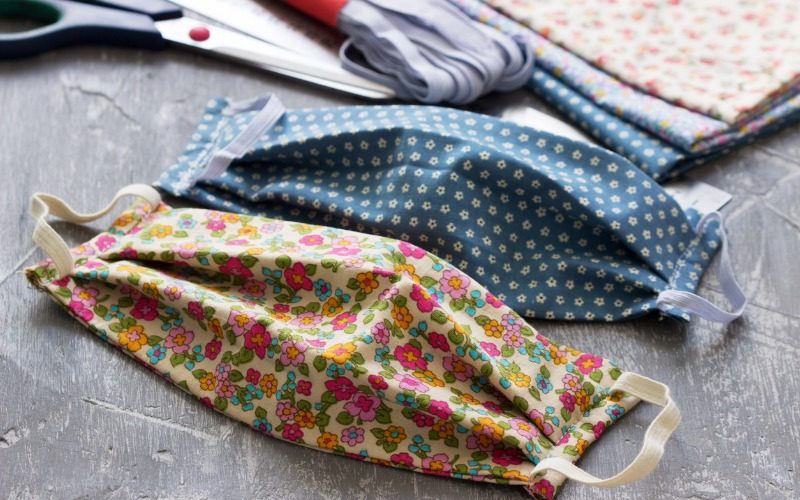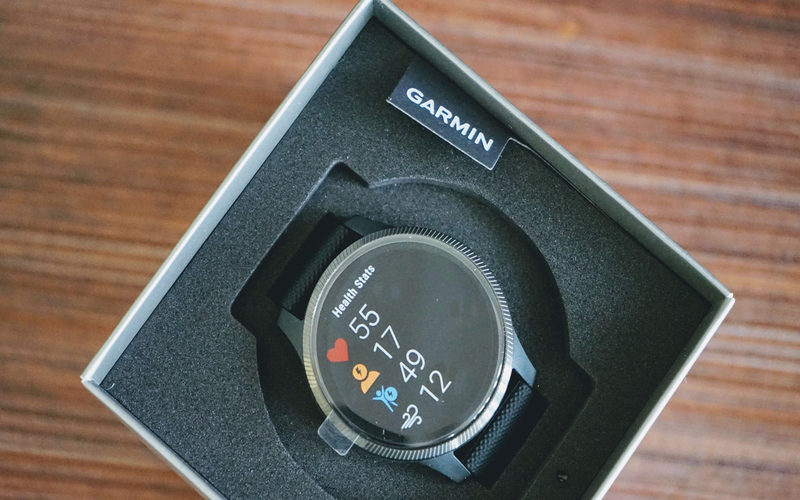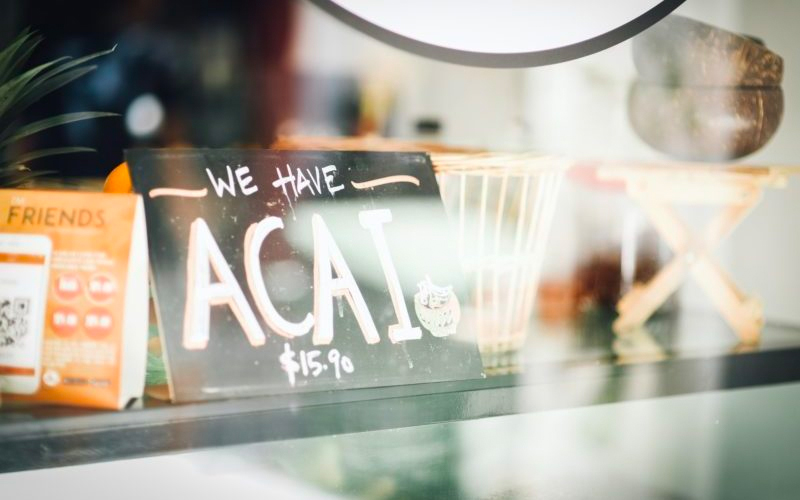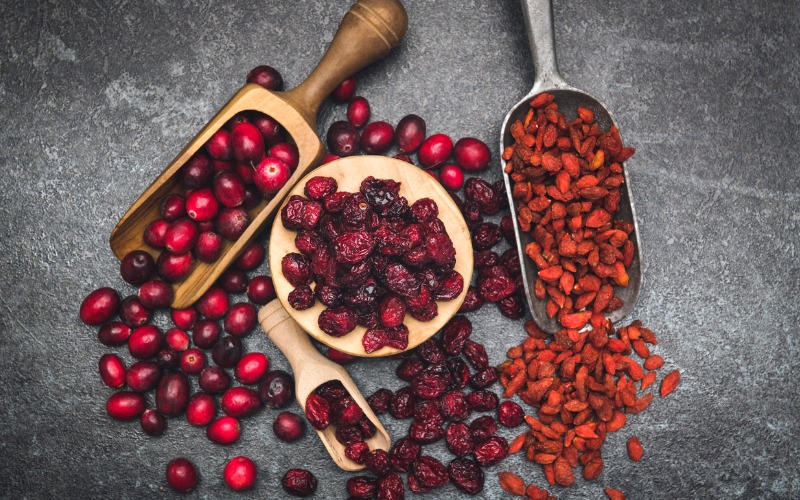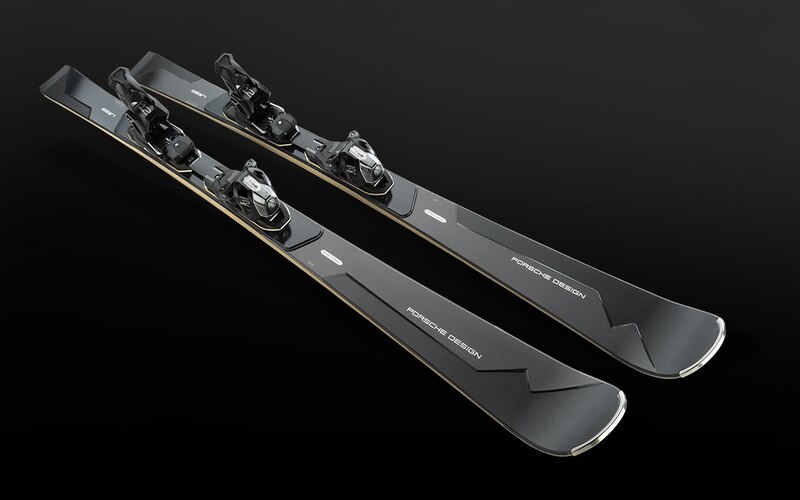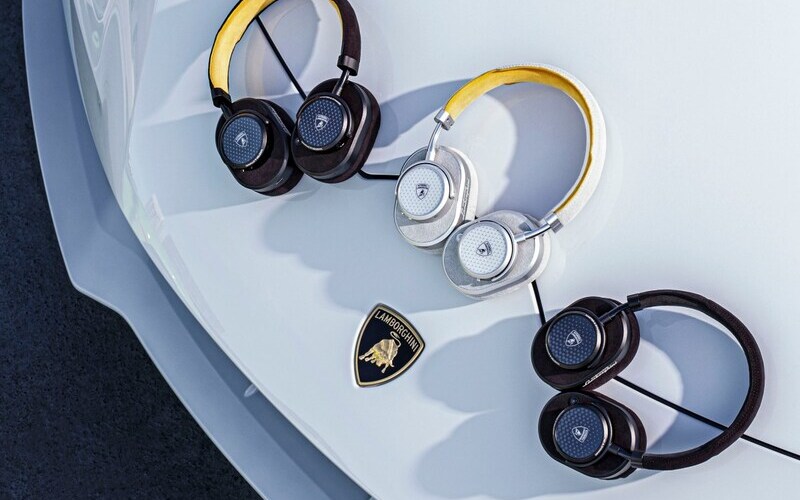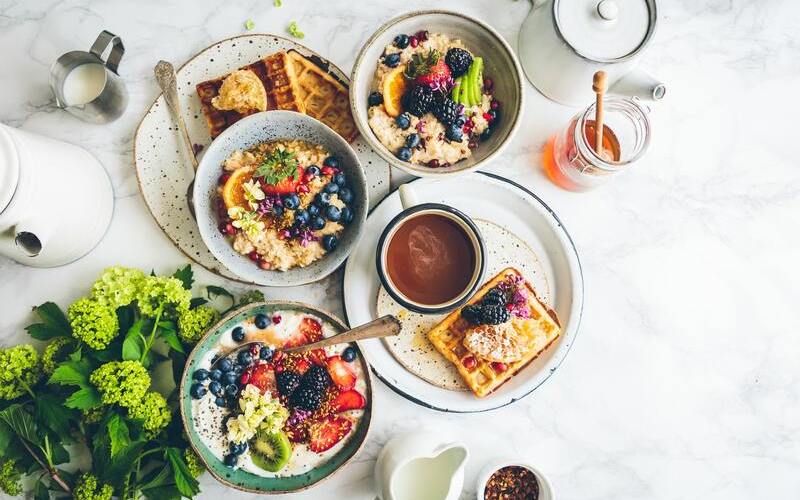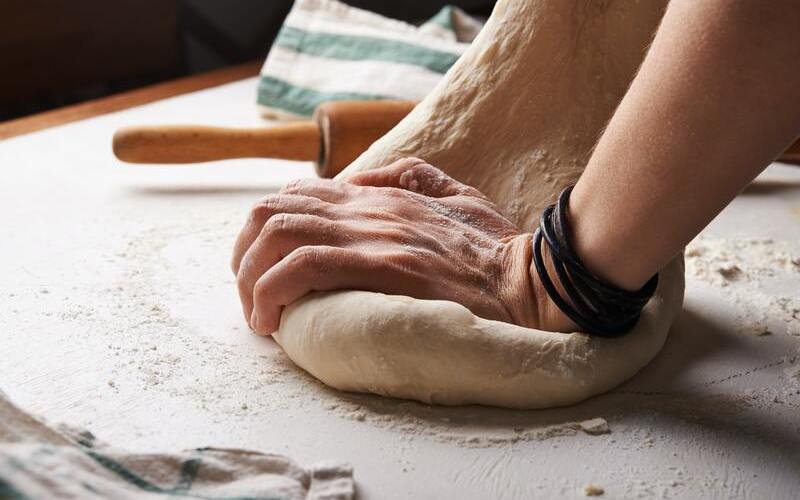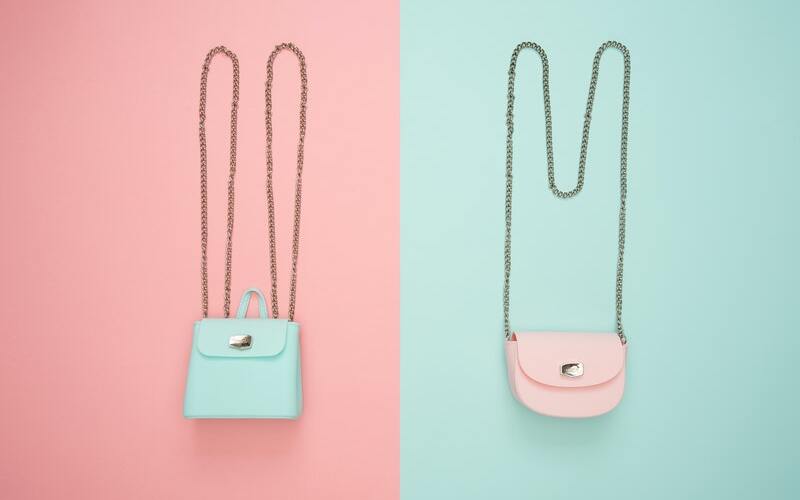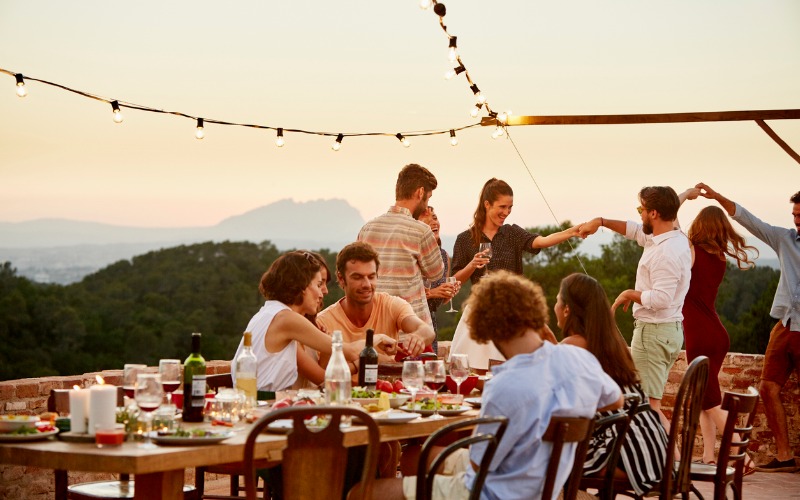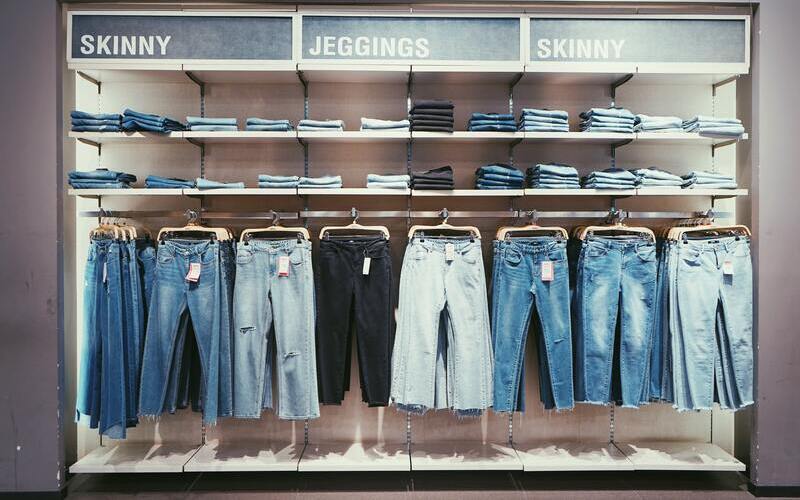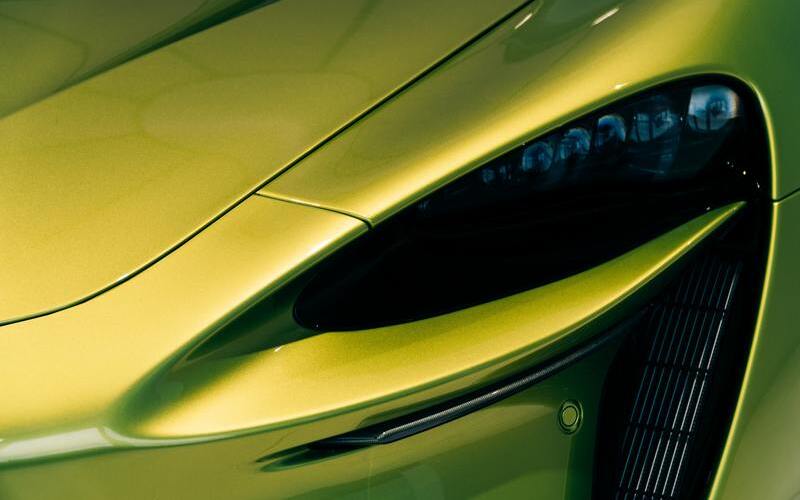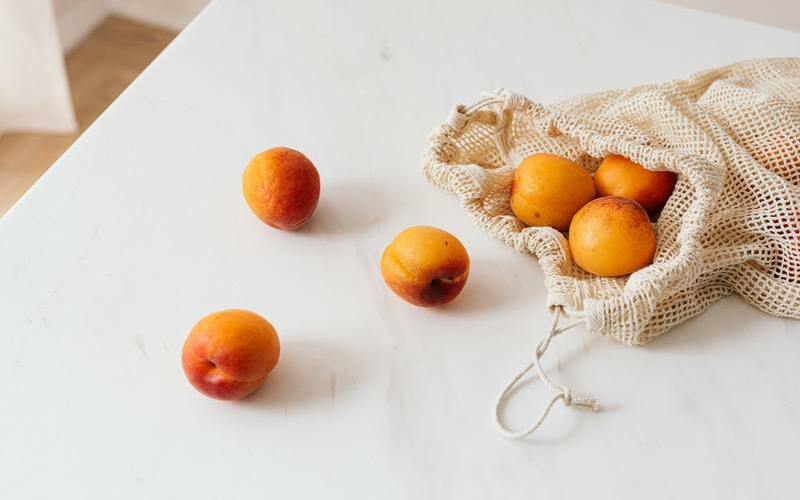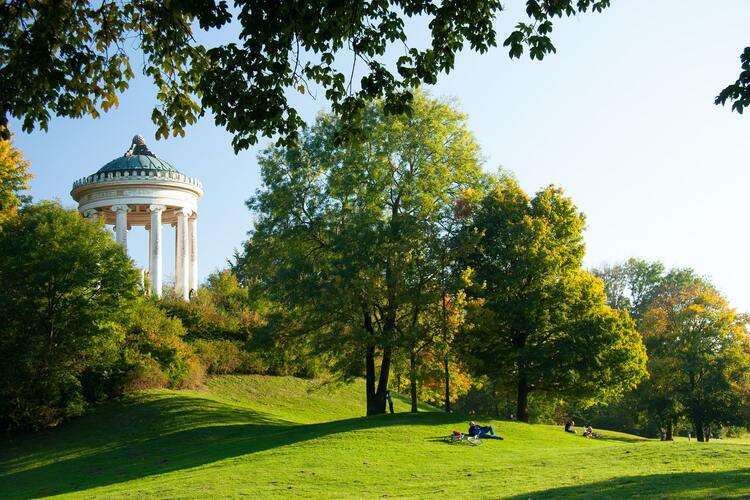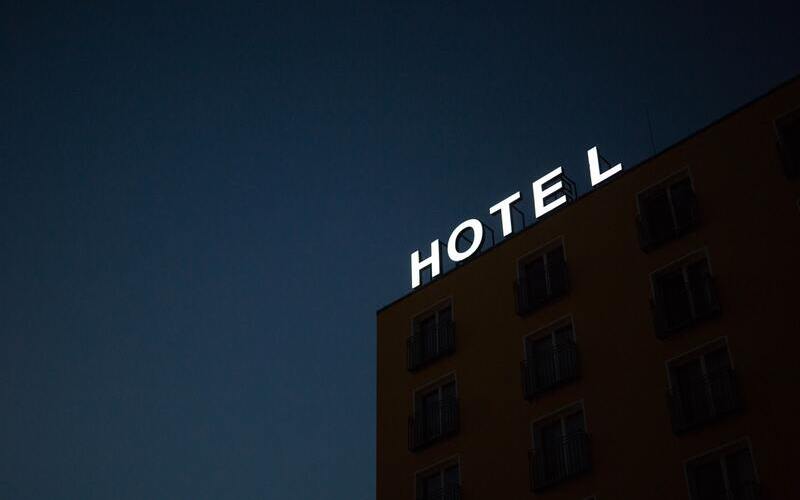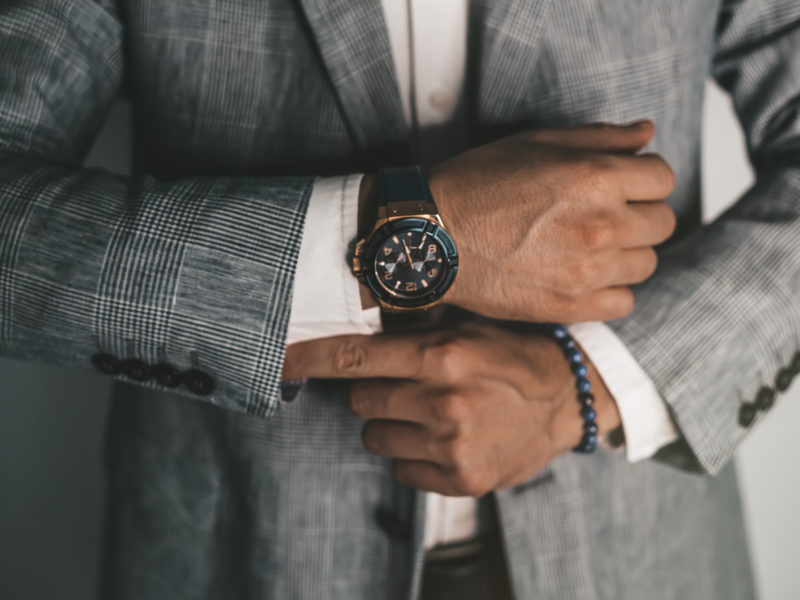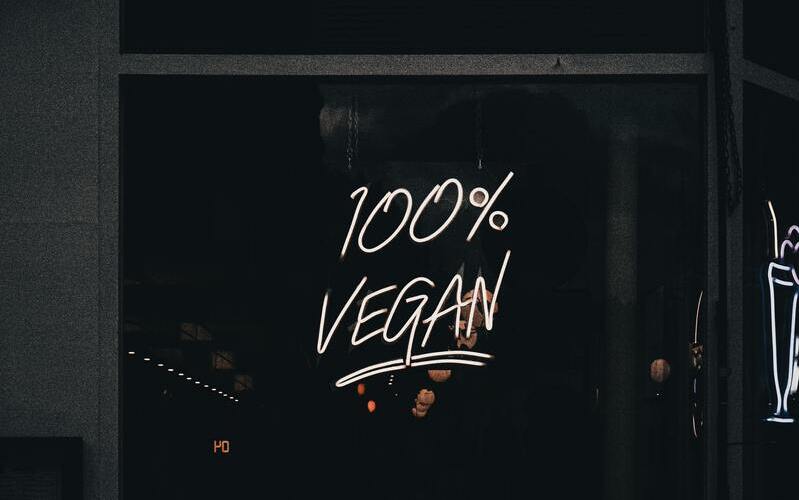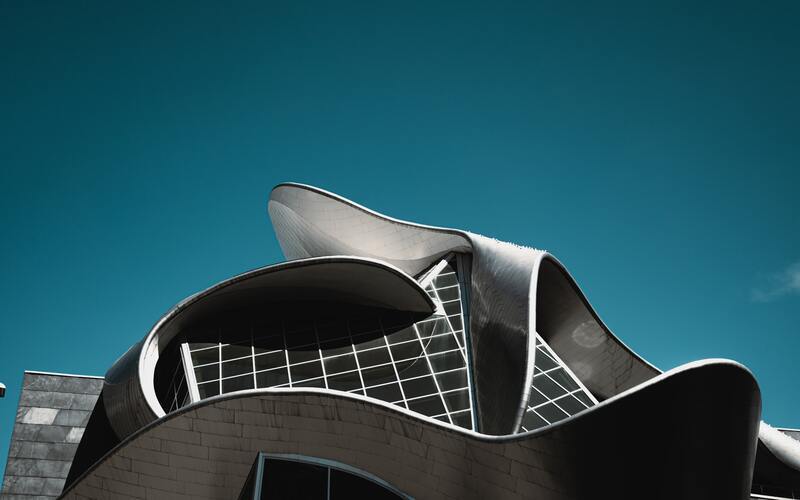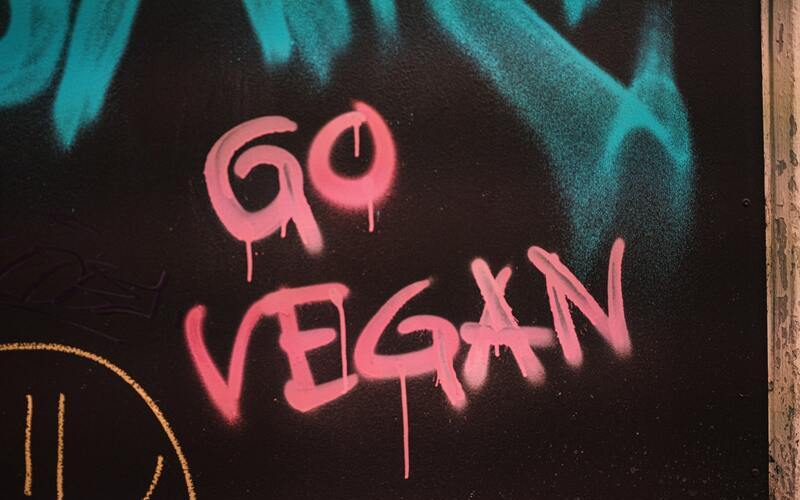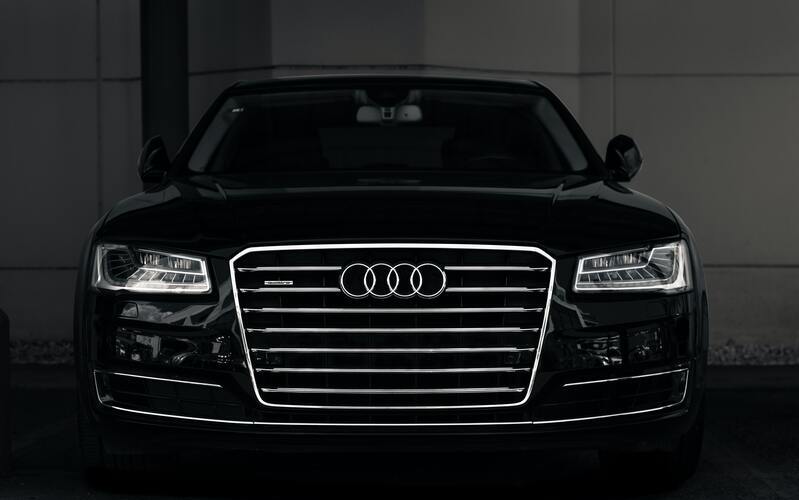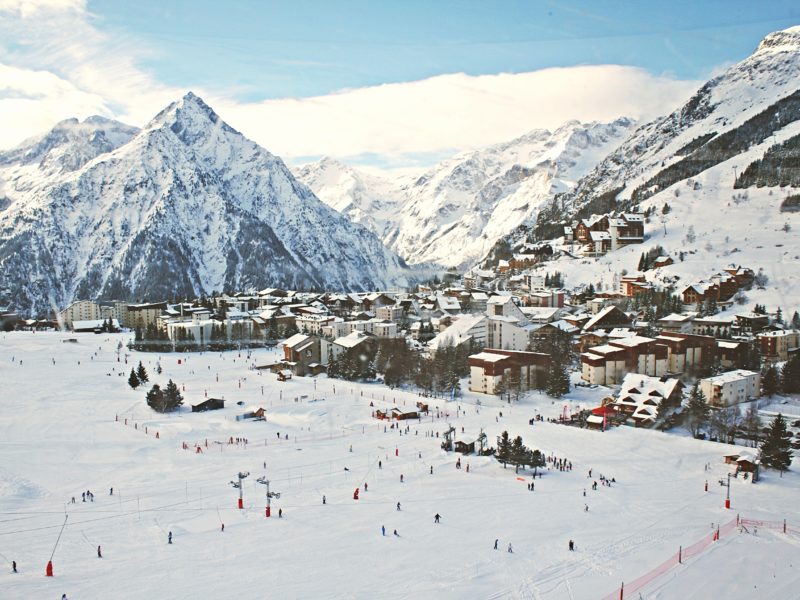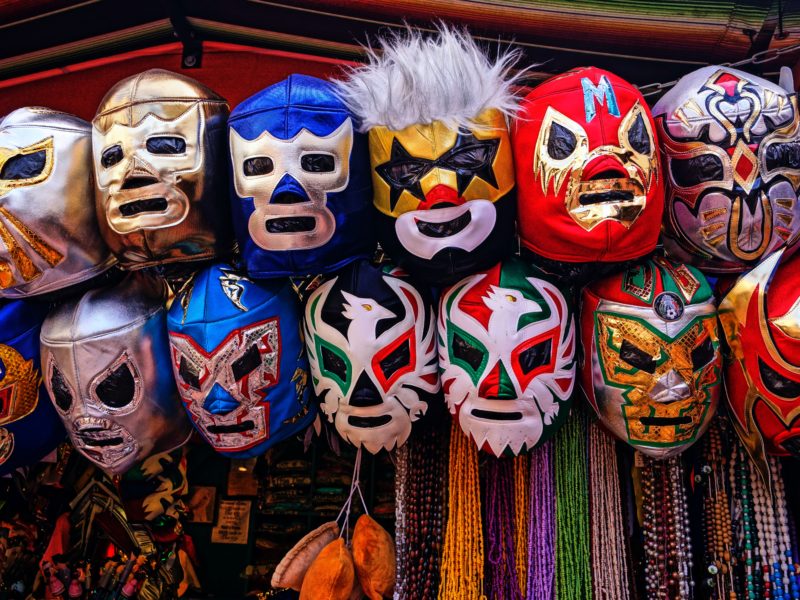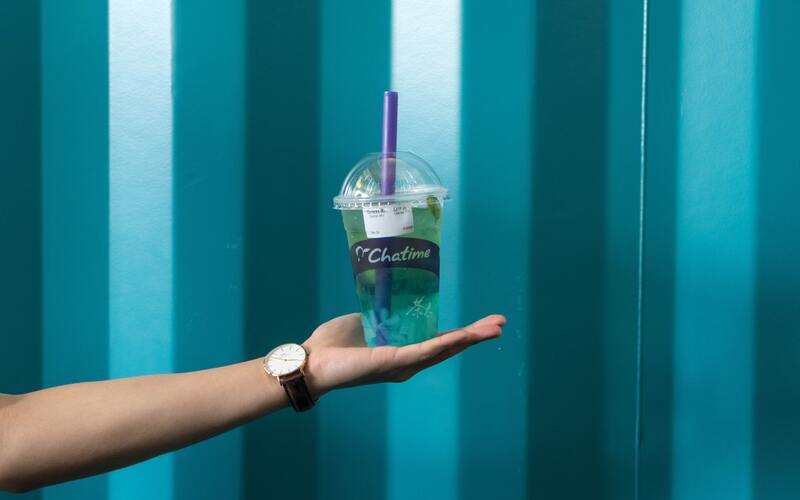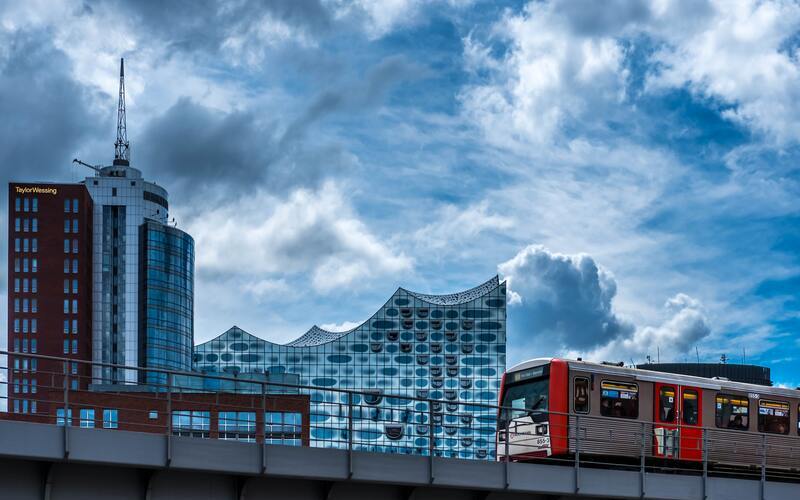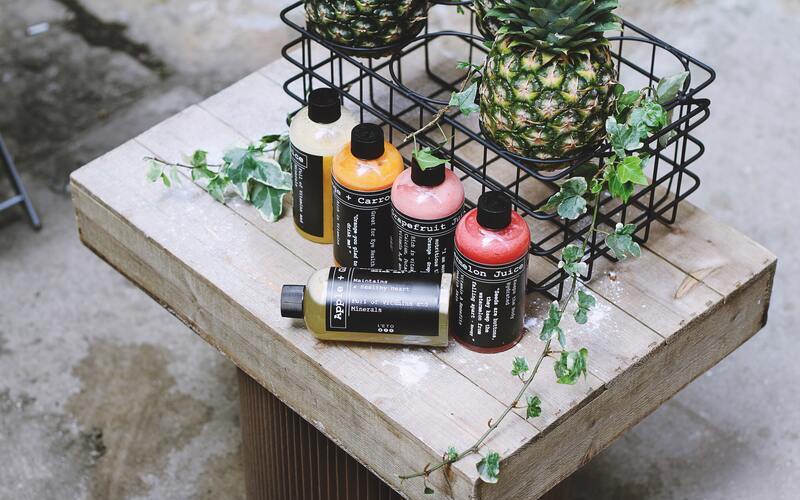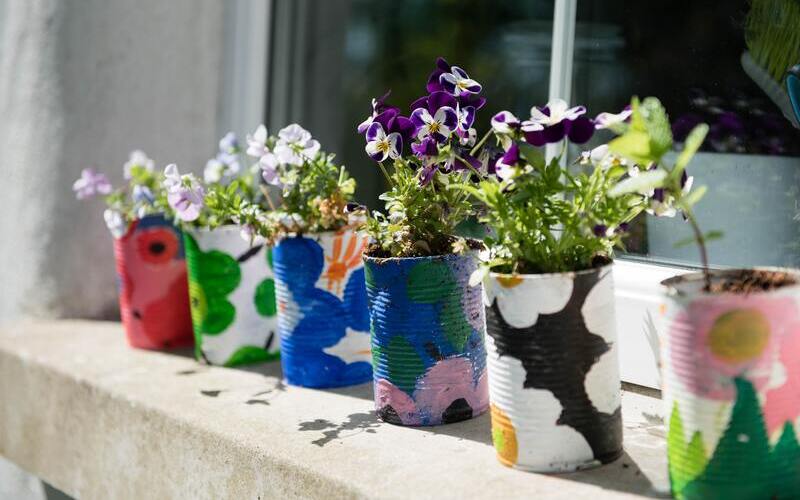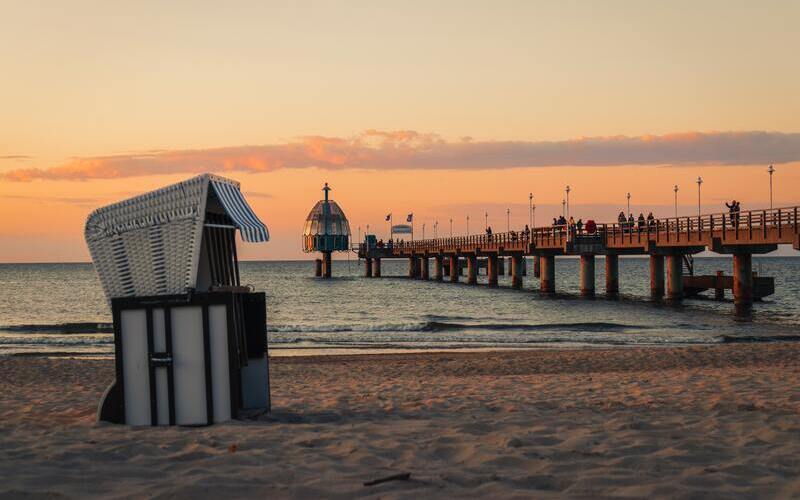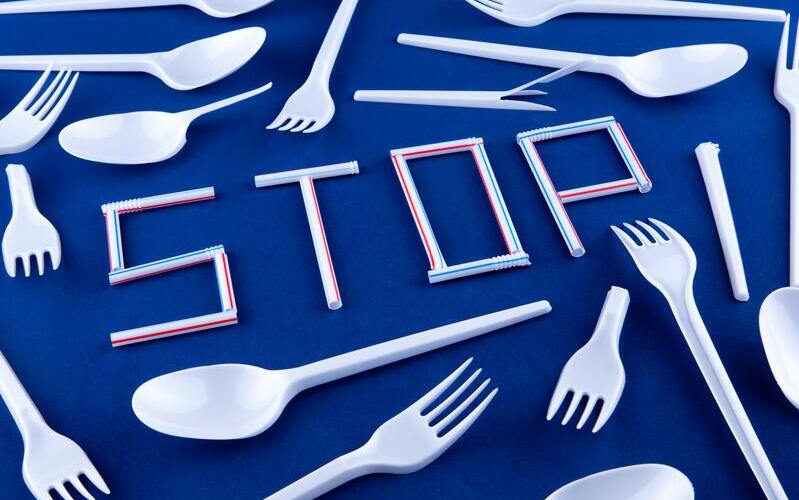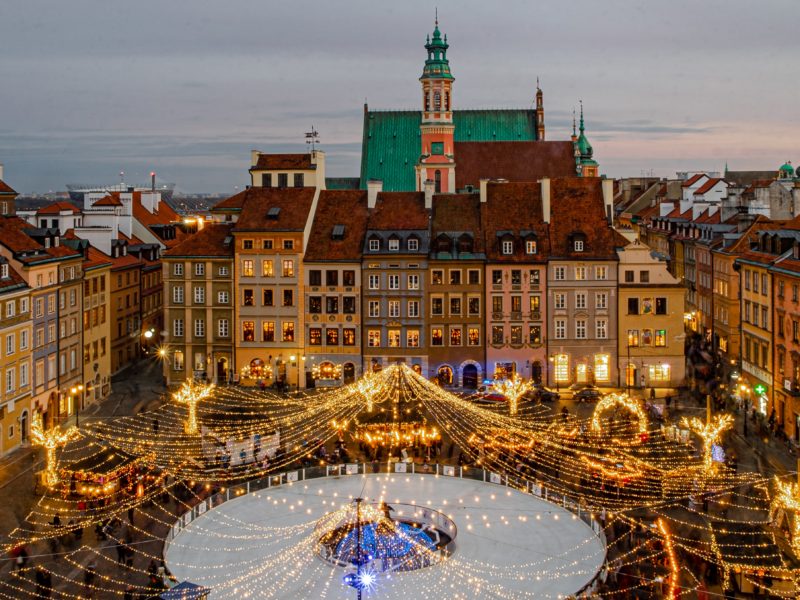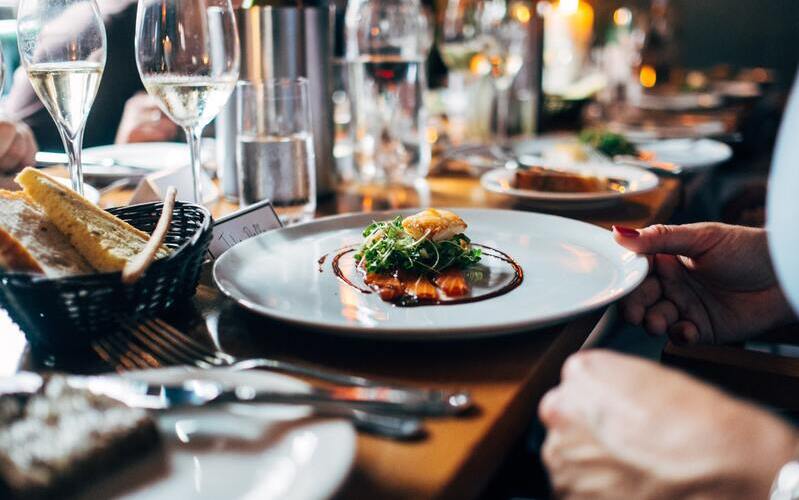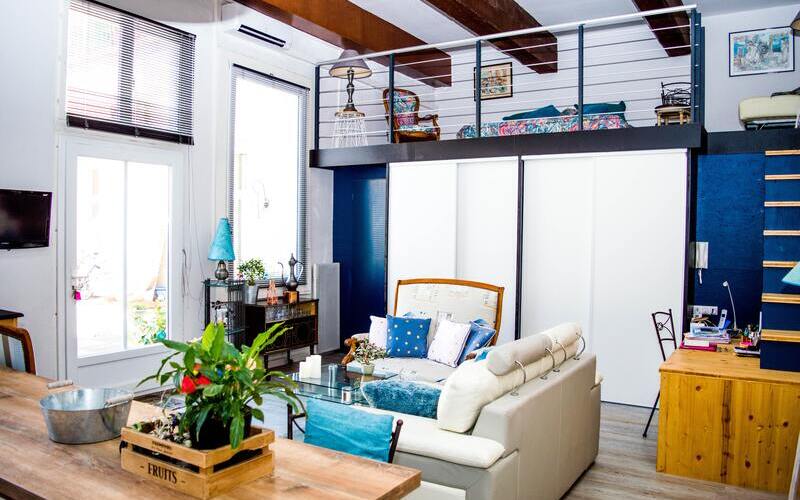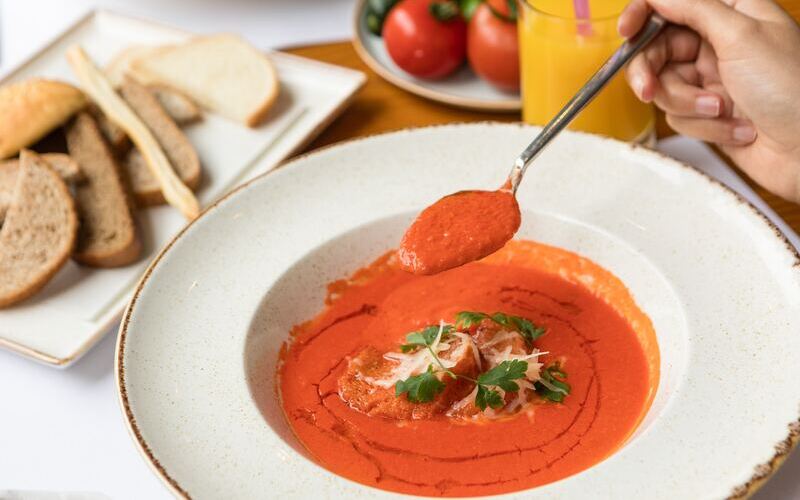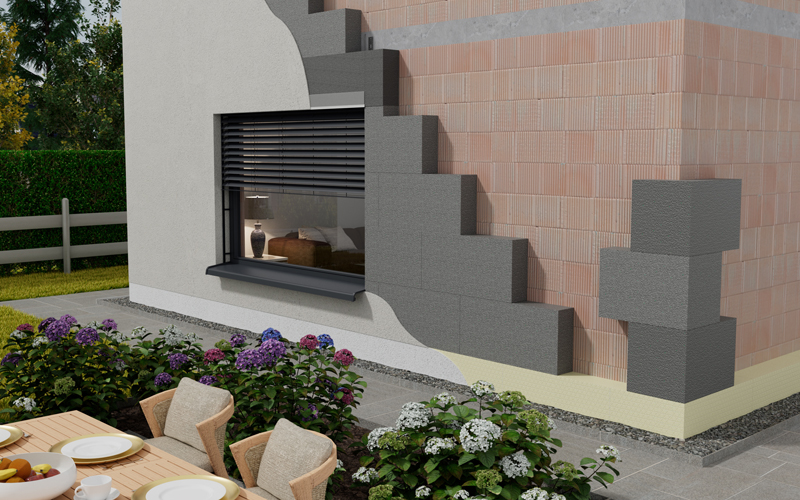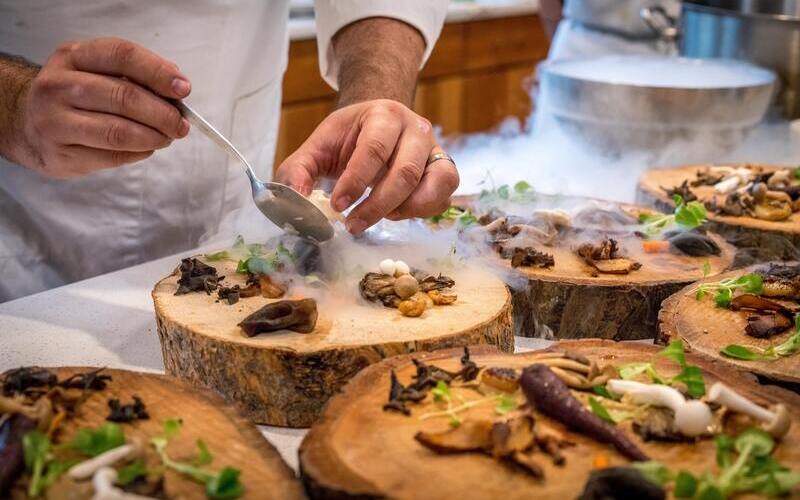
25 Apr STAR CUISINE – DINING LIKE GOD IN FRANCE
youDRESSED Editor
The Guide Michelin has again awarded a number of new stars to top restaurants in Germany in March 2022. This article shows everything behind them, what the difference is to caps or hoods, where to go in terms of price and the dresscode.
The restaurant guide Michelin is published annually by the French tire manufacturer of the same name. Moreover a total of 327 German gourmet temples made it into the ranks of starred restaurants in March 2022.
This includes one new 3-star restaurant, eight new 2-star restaurants and 31 new restaurants with one star. According to Statista, there were only 131 3-star restaurants worldwide in 2021, 30 of which were in France alone, 22 in Japan, 14 in the USA and 13 in China.
Germany had ten of them. With the Schanz in the Rhineland-Palatinate wine village of Piesport as a newcomer, however, there will only be nine in 2022, two each in Rhineland-Palatinate and the Black Forest, and one each in Berlin, Hamburg, Wolfsburg, Saarland, and Lake Tegern. Most of the 46 German 2-star restaurants are located in Baden-Württemberg and Bavaria.
THE FOUNDING FATHERS BOCUSE AND WITZIGMANN
Incidentally, the Austrian chef and author Eckart Witzigmann, who was responsible for cooking Munich’s Tantris to star status in the early 1970s. He is regarded as the forefather of French nouvelle cuisine (literally, new cuisine) in Germany, which was founded by Paul Bocuse near Lyon. However, in 1974, when he added another star to what is probably still Germany’s most famous gourmet restaurant, two stars were still the highest measure of all standards.
Gault-Millau named Witzigmann, who worked for Paul Bocuse among others, Chef of the Century 20 years later. And whether at Tantris or Aubergine, which opened in 1978 and was Germany’s first three-star restaurant in 1979. Many other later star and celebrity chefs learned from him or wielded the wooden spoon in their early days.
Sieh dir diesen Beitrag auf Instagram an
STAR CUISINE MEANS COOKING AND SERVICE AT THE HIGHEST LEVEL.
Of course, star cuisine is pure stress, and there are also some chefs who have voluntarily given up their star or stars because they no longer want to deal with it. This also includes the financial risk. Quite a few of the top chefs in Germany have already gone bankrupt one or more times.
Maintaining the high level and making ends meet despite prices of usually well over 100 euros for a multi-course meal. Actually, this is only possible with the wine accompaniment usually offered in the star restaurants.
But what does 1 star, 2 stars, 3 stars actually mean? Why is there a distinction between red and green Michelin. And what is the difference to the caps called Hauben in Austria according to the Gault-Millau? The “Red Michelin” is called so because the book published with it has this color, the “Green Michelin” is considered a tourist guide.
A SPOONFUL HERE, A SPOONFUL NEEDS TIME
Sieh dir diesen Beitrag auf Instagram an
According to the world of food, one star goes to a cuisine with special finesse that is worth a stop, two stars go to a top cuisine that is worth a detour, and three stars go to a unique cuisine that is worth a trip. In addition, the Michelin Guide also awards the Bib Gourmand, named and illustrated with the Bibendum, the Michelin man, to restaurants “with carefully prepared and reasonably priced meals.” Instead of swallowing every obstacle, as it was said on a Michelin advertising sign from 1898, one is supposed to just sip wine in the starred restaurants.
And instead of dishing it out by the shovelful, most of the food courses in the top restaurants that have been awarded stars, caps or hoods consist of just a touch of exquisite essences and delicacies, often served on a bent tablespoon. However, you should hold back on the homemade bread served with it so that you don’t have to give up before the main course.
In addition, you should also bring a lot of time. Over a 5- to 8-course menu with amuse-bouches or amuse-gueules (literally “joy of the mouth”) served in advance or as dessert as a greeting from the kitchen, a good four to five hours can pass. Star cuisine is therefore, and also because of the long waiting times of up to several months for a table, not something you can or should afford to indulge in every day.
WHAT TO WEAR, AND WHAT DOES CAP OR HOOD MEAN?
Some guests, especially male guests, who often pick up the bill later and often get gasps because of the high prices, may then long for a kebab or Wiener schnitzel with fries. As far as clothing is concerned, it should be borne in mind that many of the star restaurants tend to be in touristy rural settings, and evening dress or fine threads should be replaced by something more upscale and casual. After all, you don’t want to appear too overdressed either, unless that’s just her or his thing. Grandma’s curtain and rubber boots fresh from stalking in the mud shouldn’t be either. The best way to be dressed is usually to follow the recommendations of the house. This is usually on the website or in the reservation confirmation.
In addition to the Michelin stars, the second international award is the somewhat finer-grained points, caps or, in Austria, the so-called Hauben of the other major restaurant guide Gault-Millau (also spelled Gault Millau or Gault & Millau). This allows restaurants that don’t yet have a star to enter chef heaven as top kitchens. If a restaurant receives 0 to 10 points, however, it is considered deficient. 13 to 14 points and a cap or hood go to a great kitchen. According to worlds of food, 15 to 16 points stand for high quality and creativity, as well as two caps (called Hauben in Austria). 17 to 18 points or three caps are for the best possible preparation and highest creativity; 18.5 to 20 points or four caps are awarded only to the world’s best kitchens. 17-18 points or three caps mean the best possible preparation and highest creativity. The “non plus ultra” (18.5-20 points and four caps) is awarded to a restaurant for a “world’s best” cuisine.
THE WORLD OF STAR CUISINE IS SMALL
Incidentally, Witzigmann’s best-known students include Heinz Winkler and Alfons Schuhbeck. The Residenz Heinz Winkler in Aschau, the best-known restaurant in Chiemgau, has held three stars for the second most years after the Schwarzwaldstube restaurant under chef Harald Wohlfahrt, with 20 to 25. However, the Aschauer Speisepalast later had to relinquish one star because it was allegedly too big, raising doubts about its ability to maintain service levels. However, Winkler, for his part, directly or indirectly ensured that the level in Germany was raised. Other star and celebrity chefs later emerged from his kitchen.
Sieh dir diesen Beitrag auf Instagram an
Sieh dir diesen Beitrag auf Instagram an
You can read more about this in a follow-up article about star restaurants in Munich and the Chiemgau region. The author of this article does not presume to know much about star cuisine, but has been able to gain some professional and private experience in Munich, Taiwan, in Austria and in Chiemgau, among other places. And what is particularly pleasing are the new two stars for the Es:senz in Grassau, located in the Chiemgau, which half a year before still without, at that time convinced all along the line.
German-Turkish chef Edip Sigl once wielded the wooden spoon at Winkler. He helped Les Deux in Munich to claim two stars after co-founder Johann Rappenglück, who also came from Winkler, moved to Tegernsee, complete with his chef’s apron. The world of star cuisine is a small one, and everyone seems to know everyone else.
Source cover image: Pexels / ELEVATE
Share :


